
There’s nothing like a bit of gentlemanly competition between friends, and the old trope rings especially true when it comes to building cars.
When I first found out that Maeda-san had managed to get his Prodrive-built Subaru Impreza registered for road use here in Japan, I couldn’t help but be reminded of his old friend Junya-san and his street-legal WRC car.

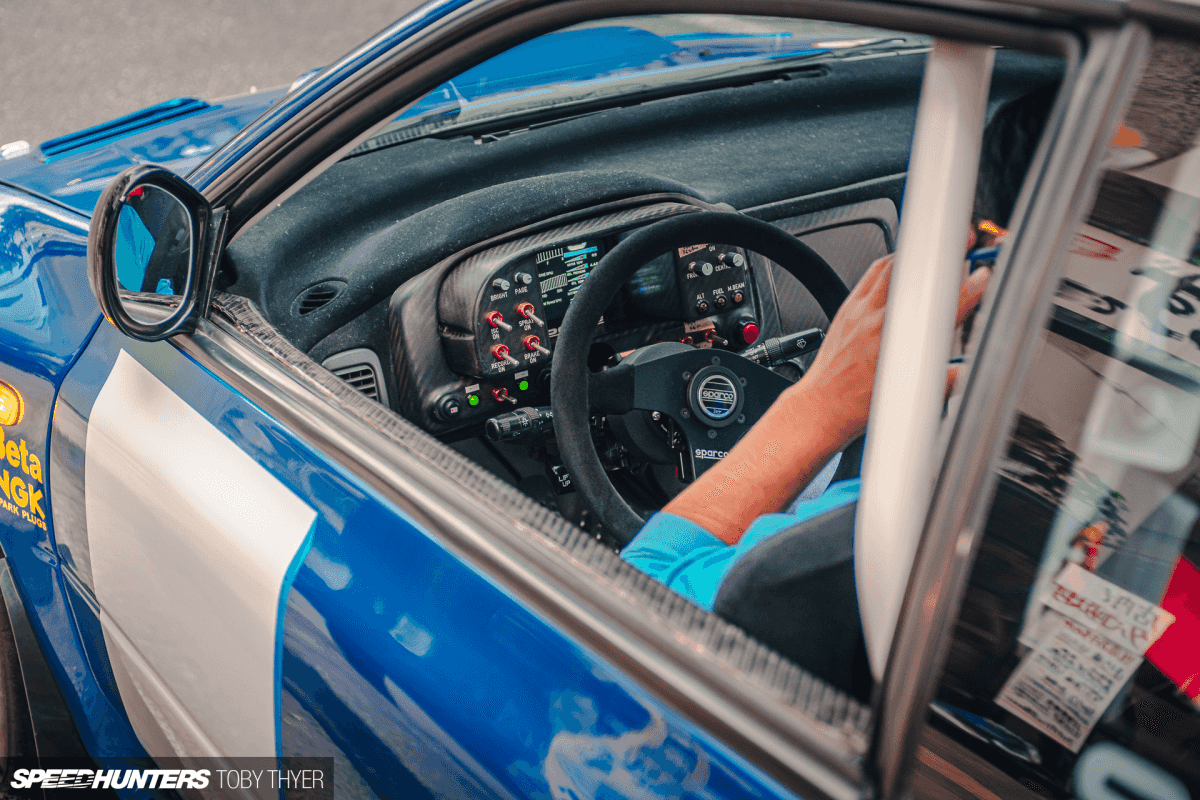
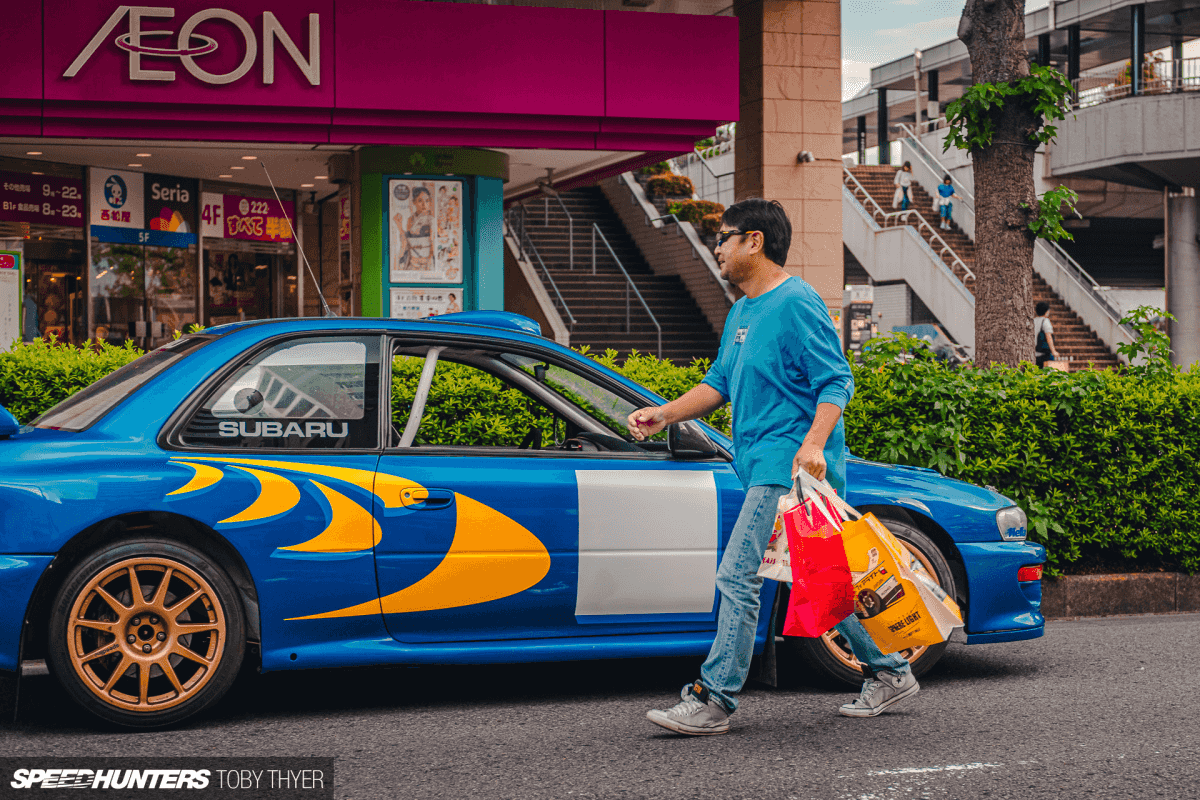
One-upmanship can encourage people to push harder, faster and crazier than their peers, and usually this results in a positive outcome. But to say that building cars is a competitive, ego-feeding frenzy in this instance, is a very western way of digesting what’s actually going on. Trust me, I’m British.

The Japanese have a very different concept of ego and all the competitive nature which comes with it, and there is no rivalry between Maeda-san and Junya-san. Building the best road-legal rally car isn’t about being the best to feed the ego; it’s about personal achievement and satisfaction.
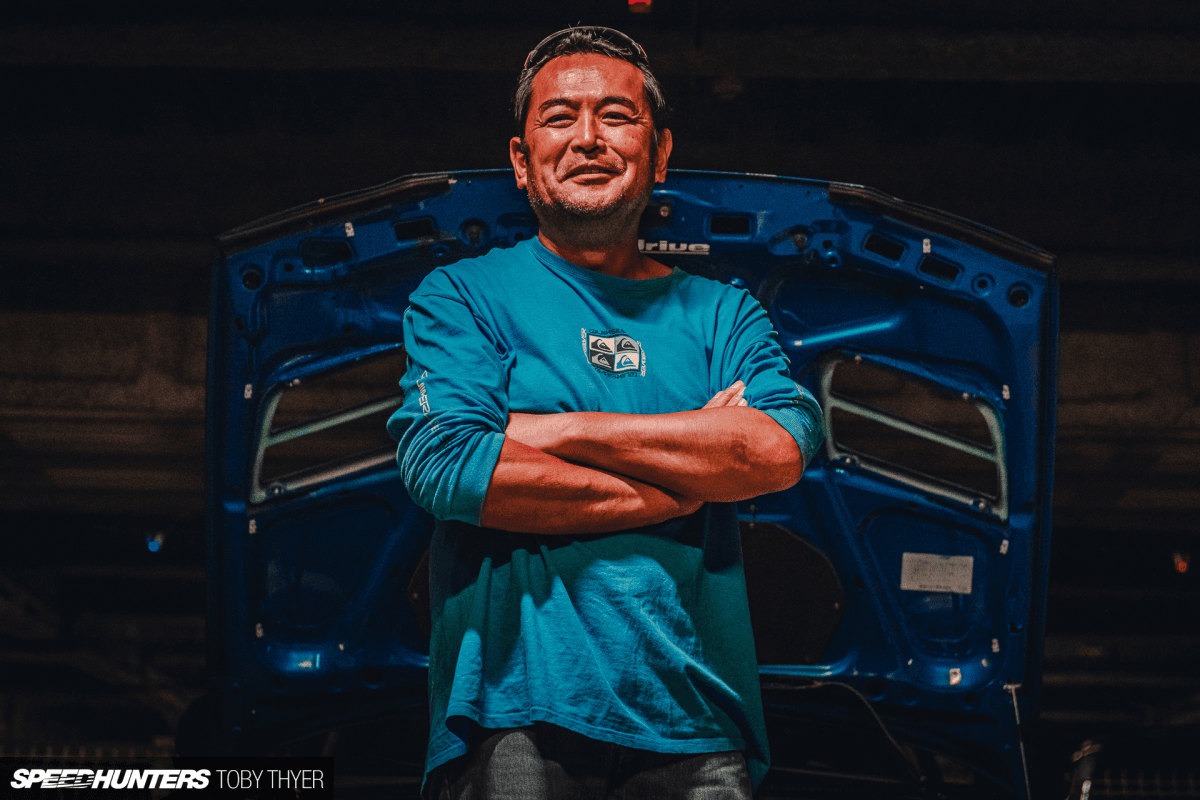
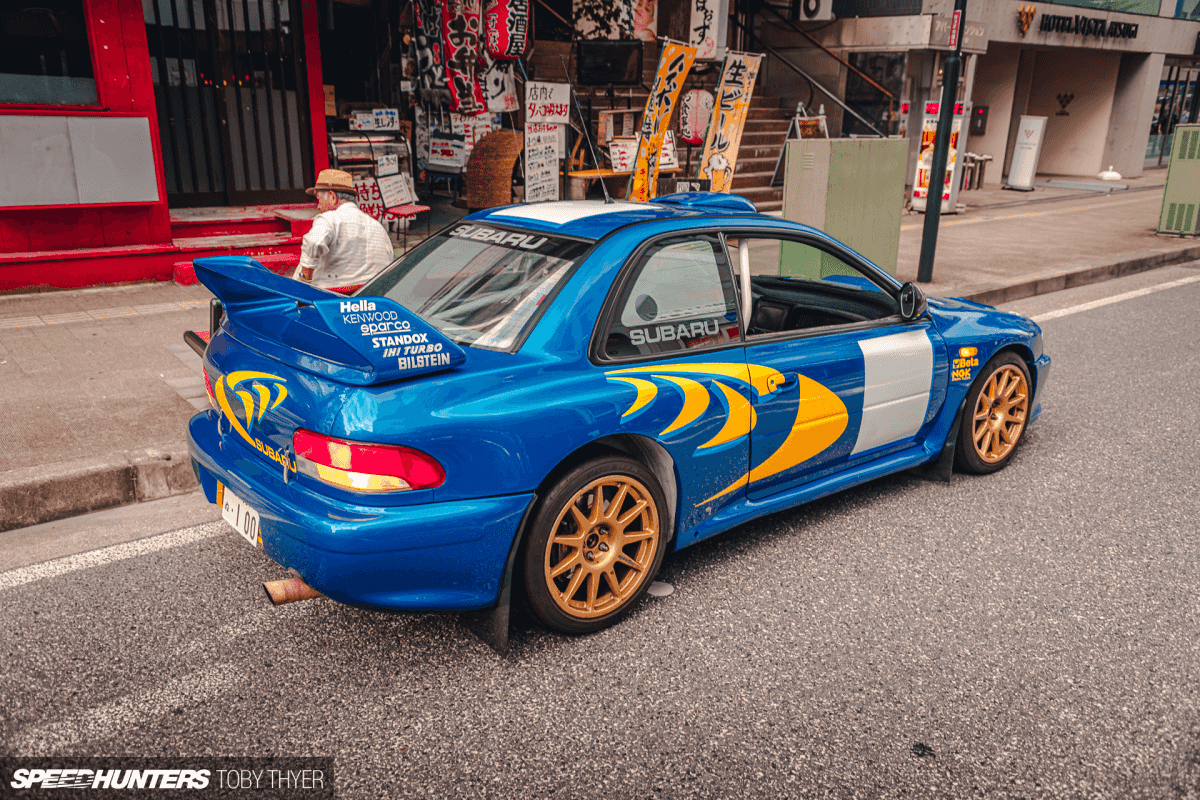
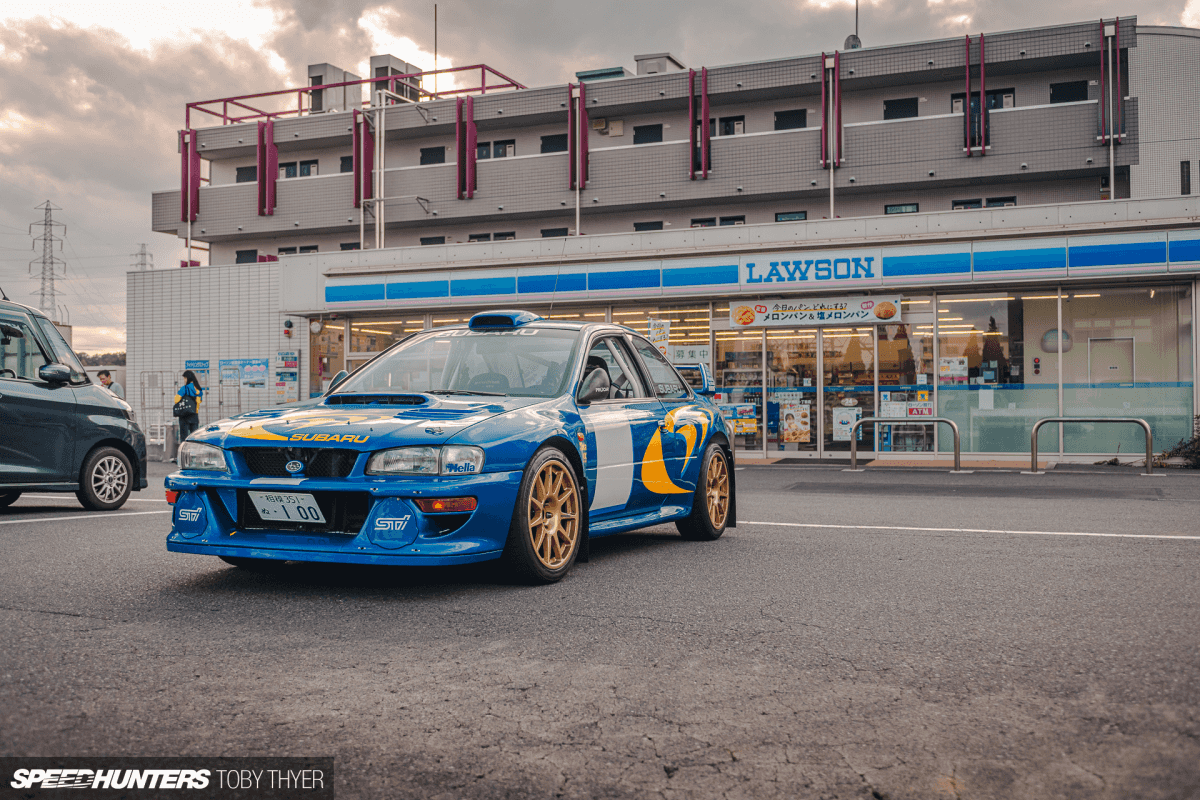
Before we dive into the psyche of Maeda-san, his friend Junya-san and the Japanese people, let’s rewind a little bit.
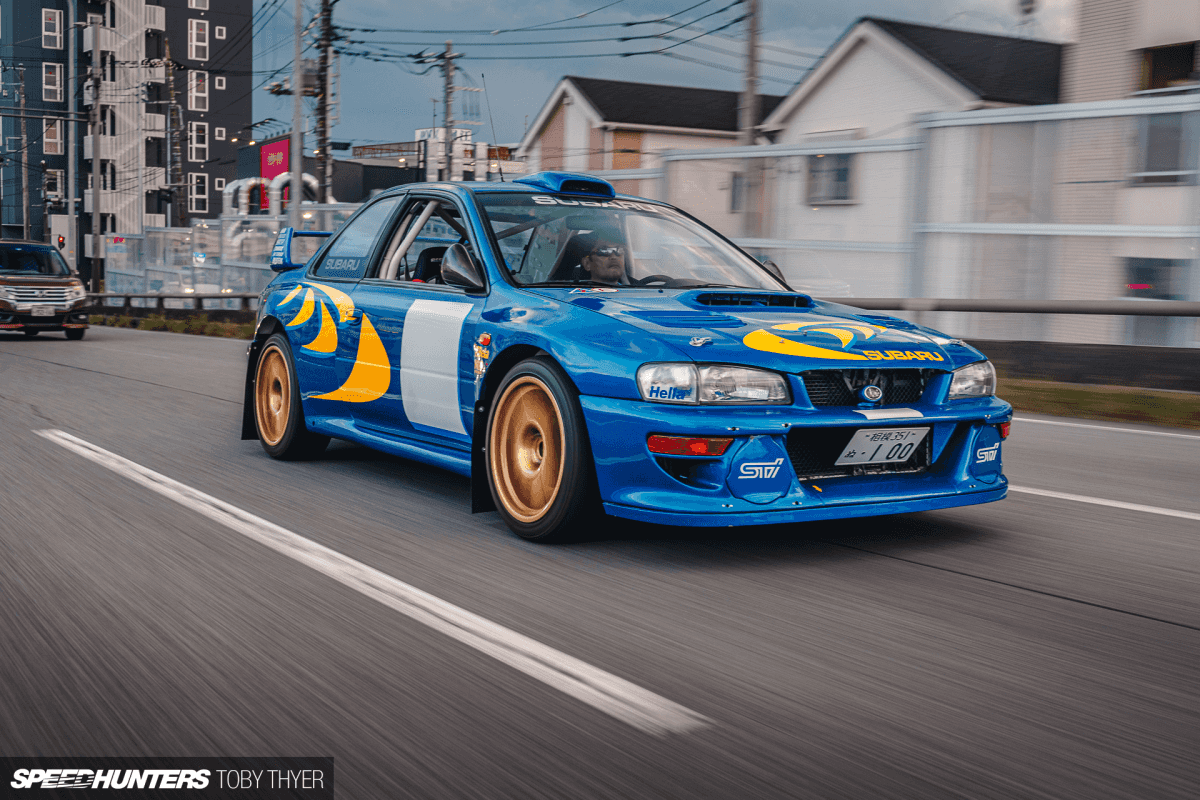
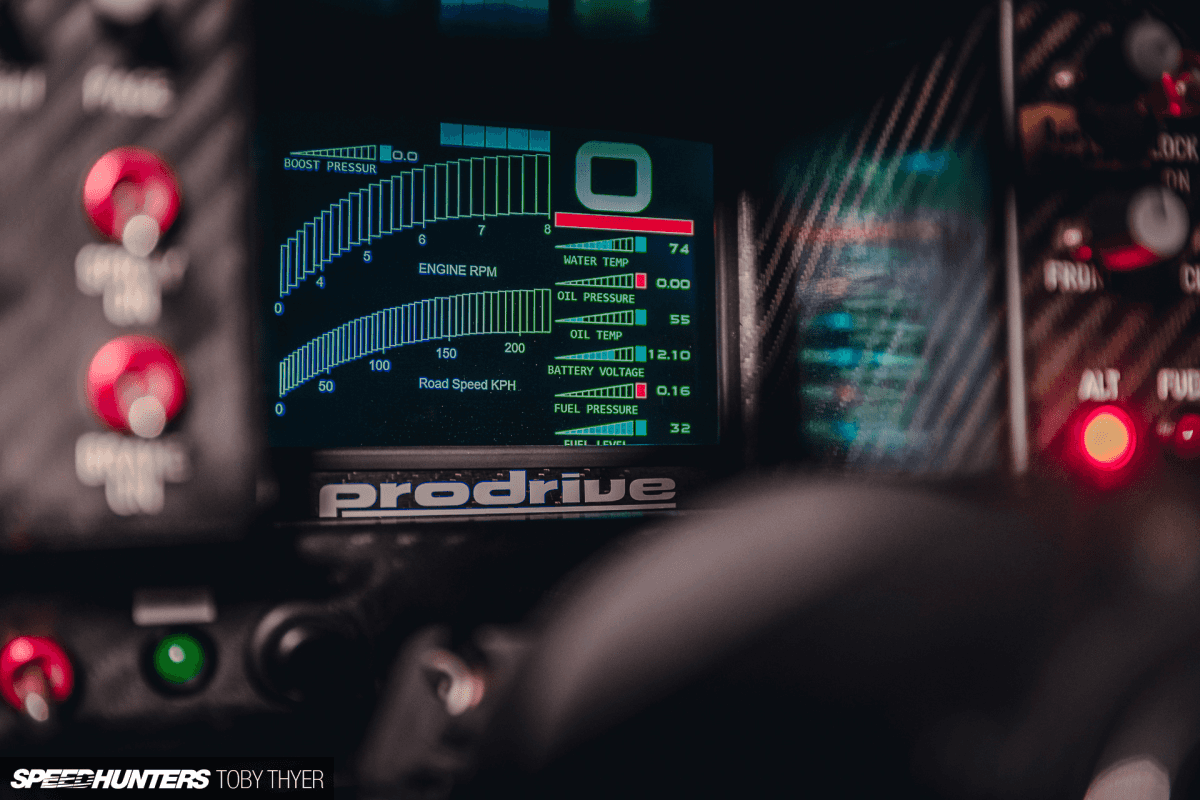

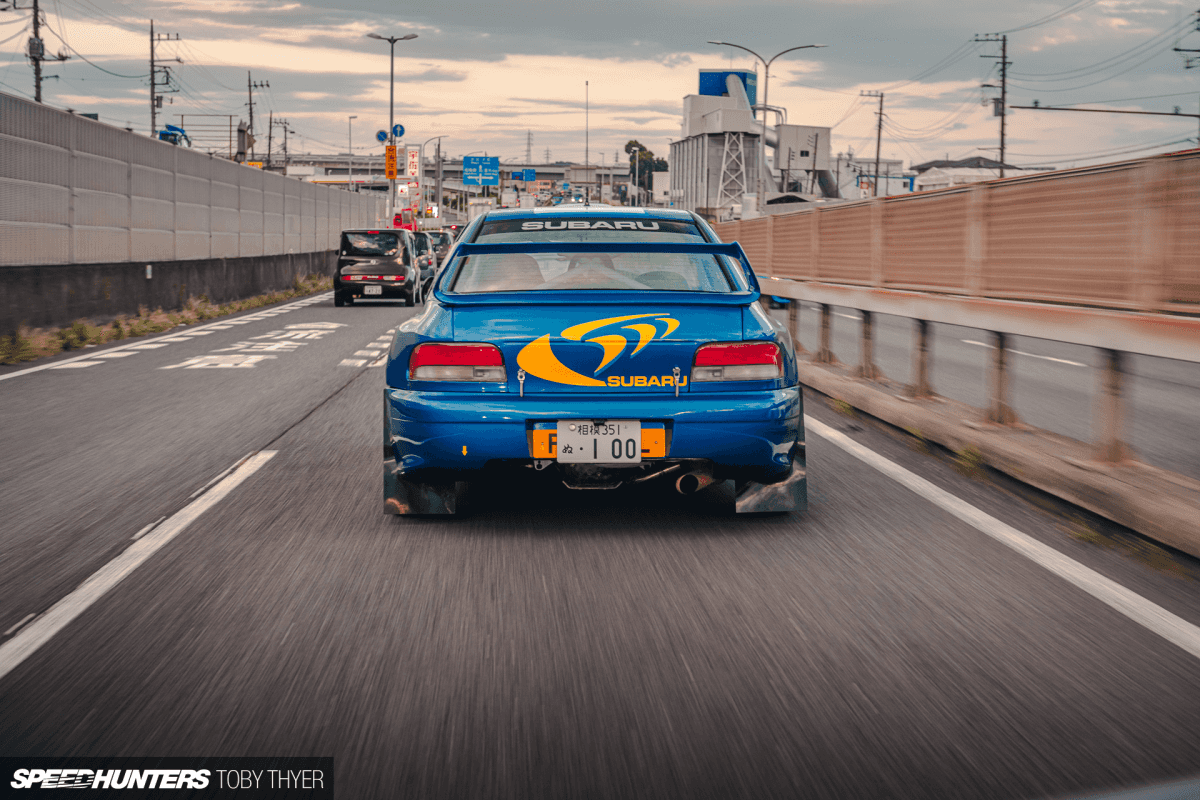
You might remember Mark’s shoot from a while back, in which he discovered one of the first Subaru Impreza WRC cars to have been converted into a road-legal daily driver. R30WRC was bought by Junya-san as a rolling shell and fitted with running gear from a GDB STI. It’s one of the coolest things you’ll see on the road, and an inspiration to many.
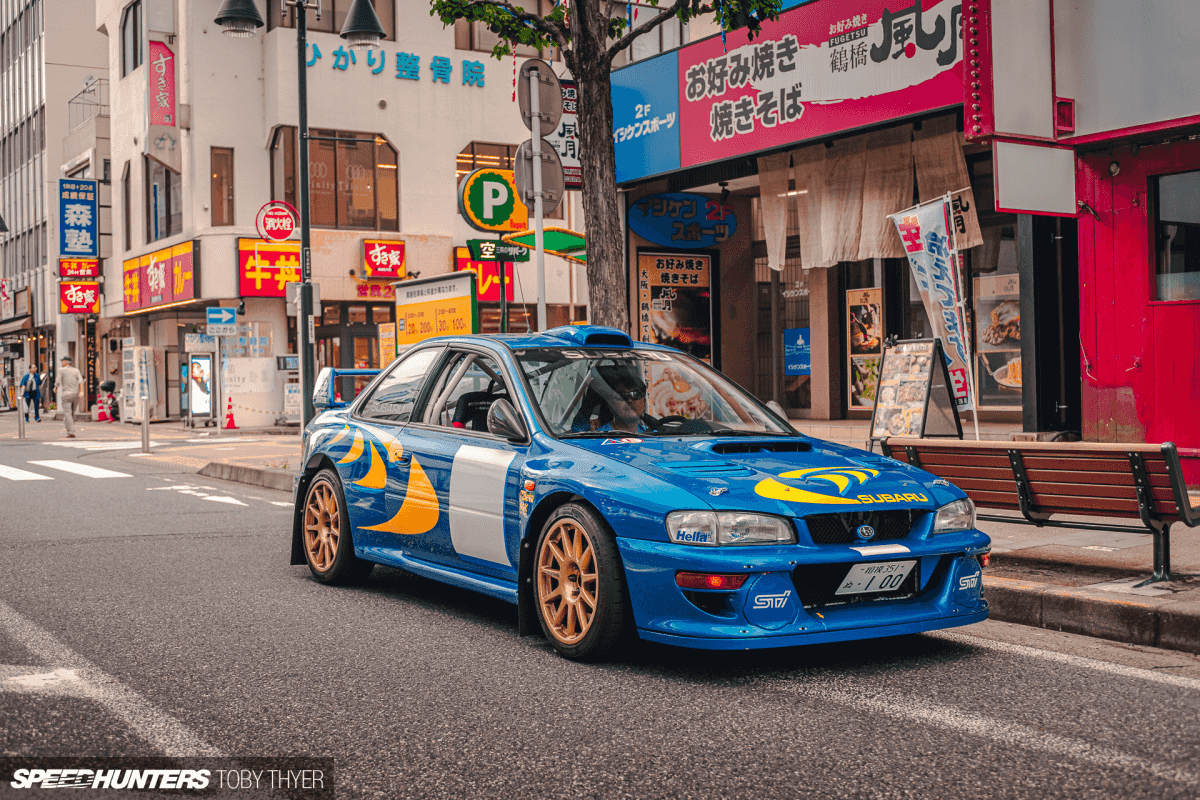
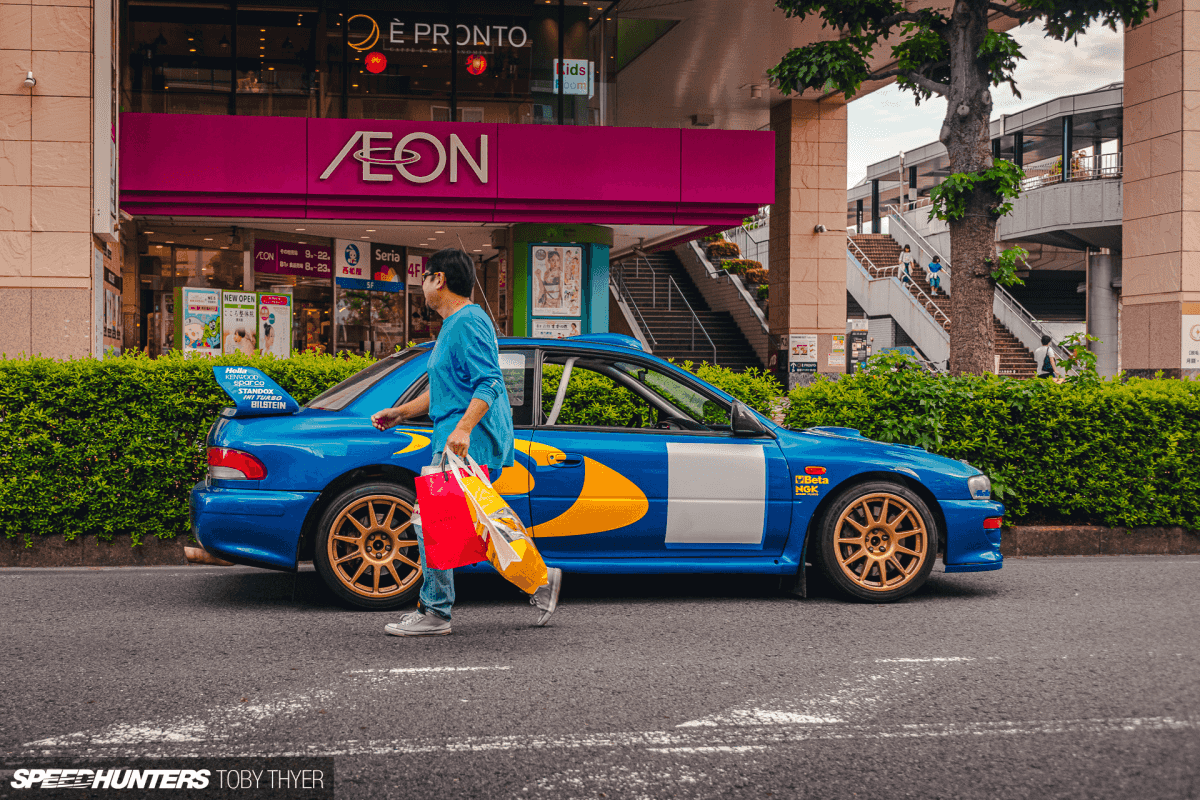
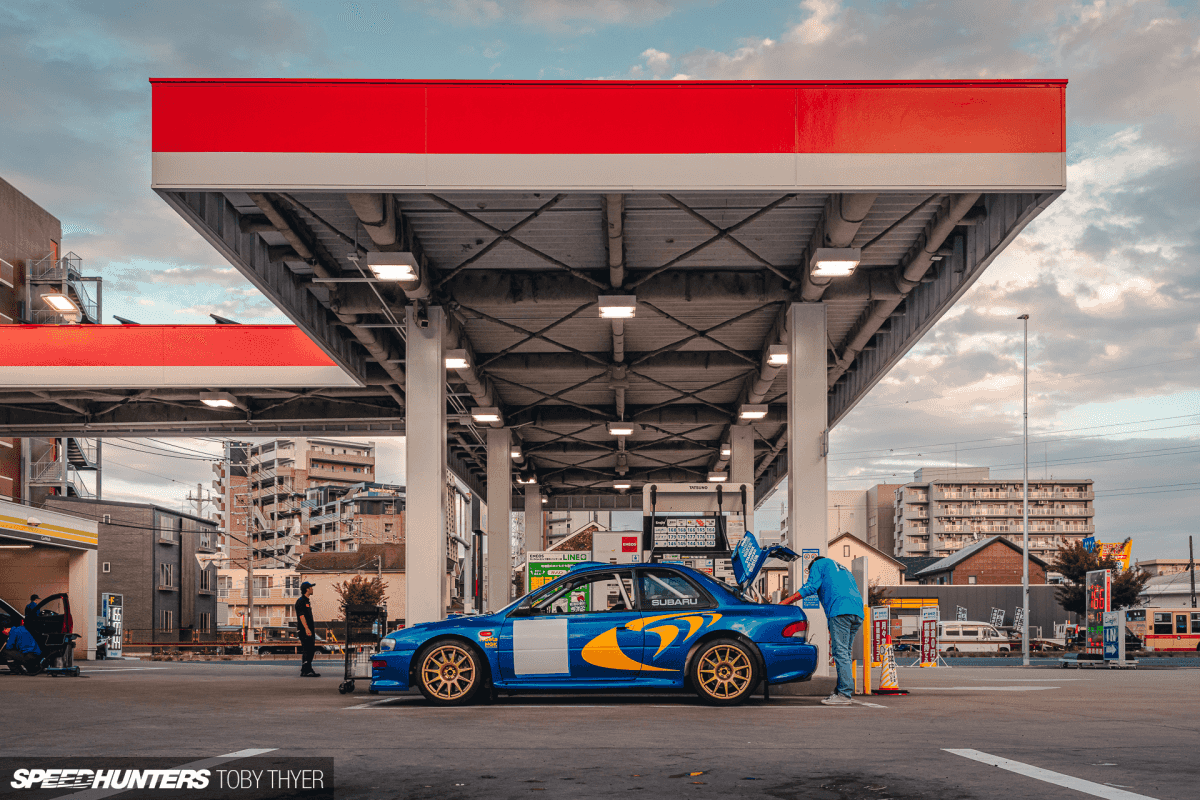
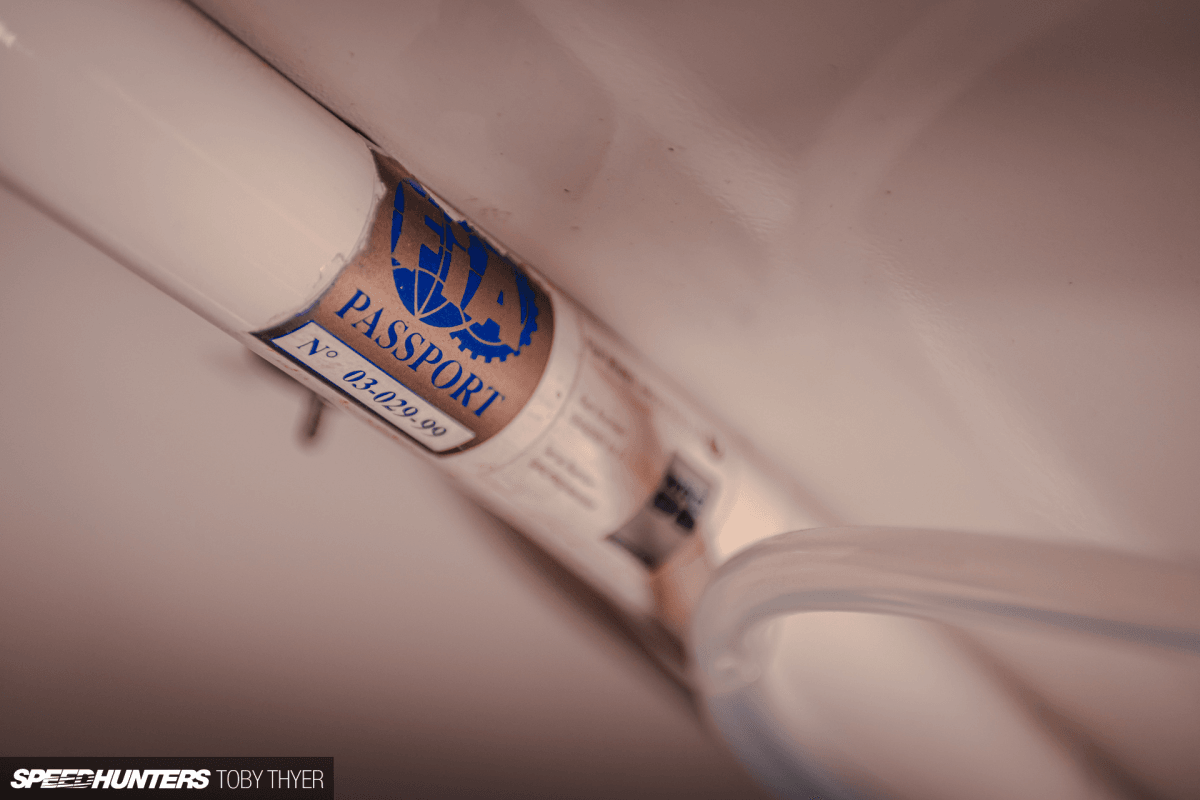
R30WRC was a legitimate works car entered into the WRC by Prodrive, where as the Impreza I’m featuring today seems to have been built by Prodrive, but sold to Italian privateer rally team Procar at some stage in its life. The exact history and timeline is a bit sketchy, but we know that the car was homologated by the FIA at some point.
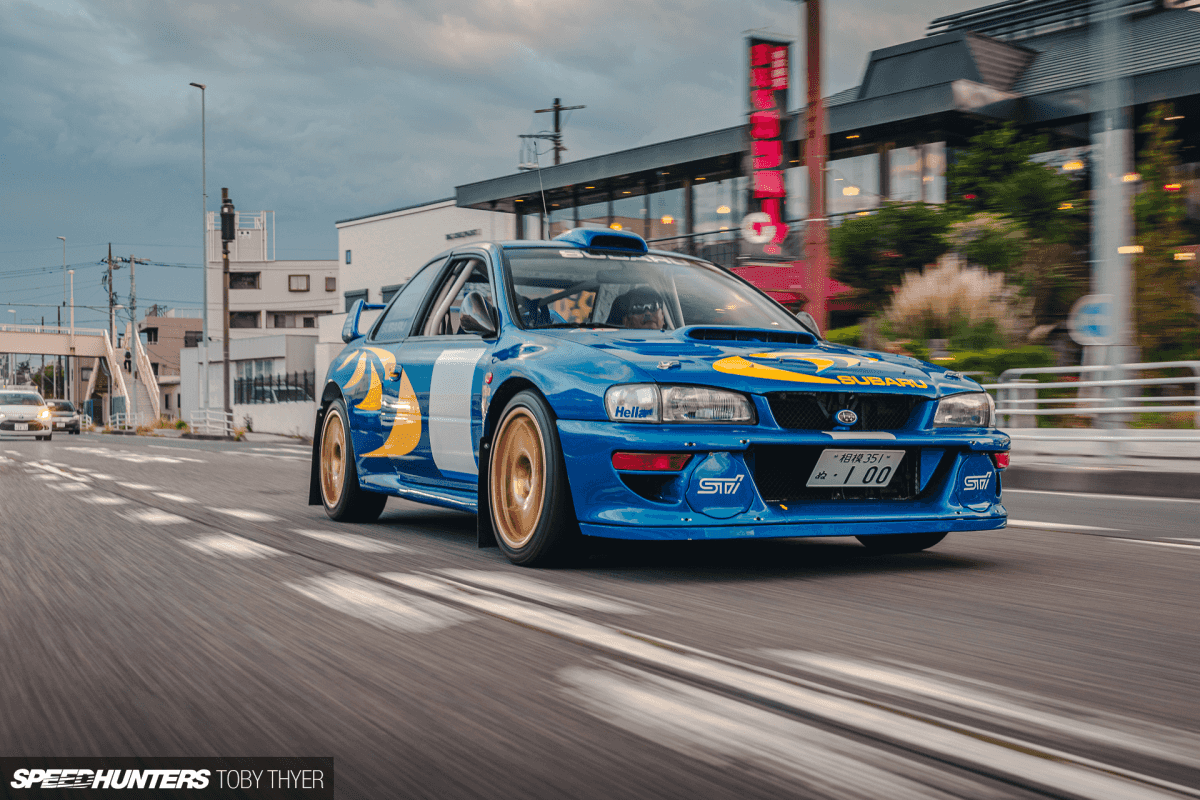
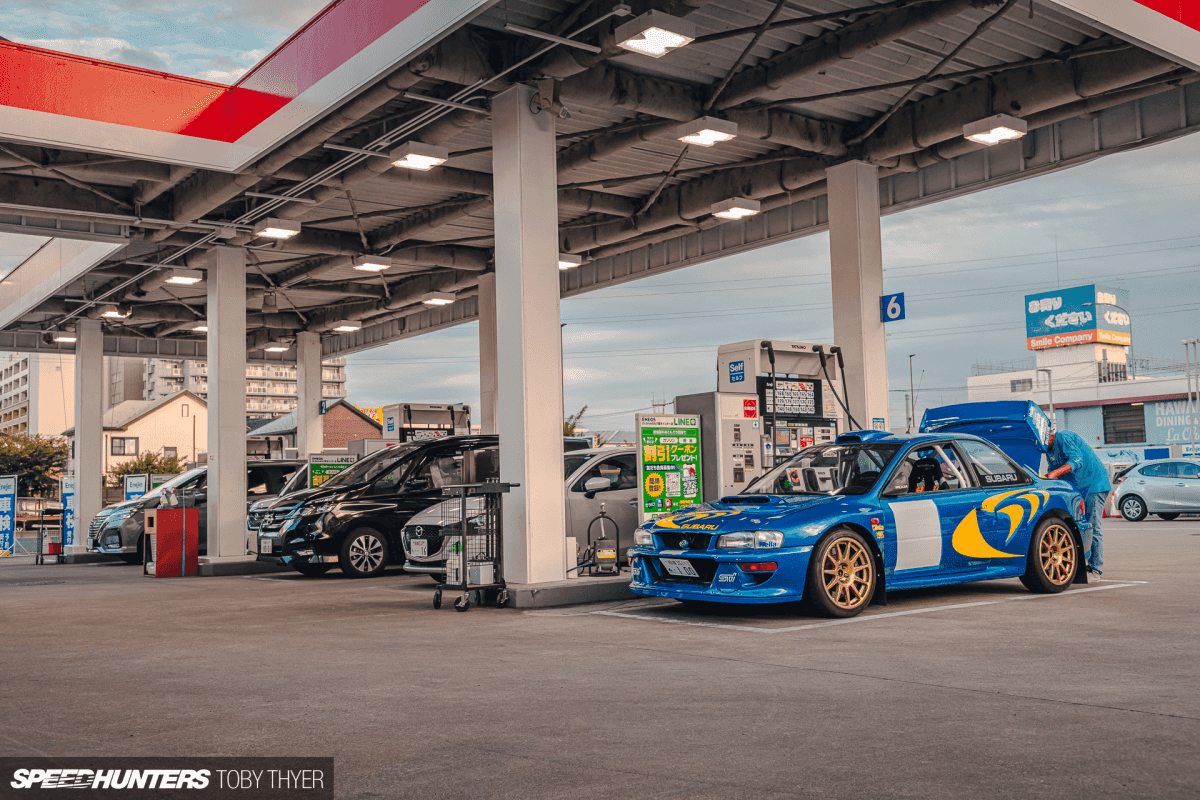
Rallying is a brutal motorsport, and the punishment cars receive while contesting special stages is staggering. Some cars are lucky to make it through a season with minor fender damage, a twisted bumper or a buckled bonnet. Others don’t make it out alive.
Any of our Polish-speaking friends will be able to tell us exactly what happened to Maeda-san’s car back in its competition days, but a video speaks a thousand words. As you can see, the Impreza was pretty badly mangled, in what appears to have been an altercation with a side barrier. Following the accident, it was rebuilt for show use by Procar, and that’s how it lived out an early retirement before heading to Japan.

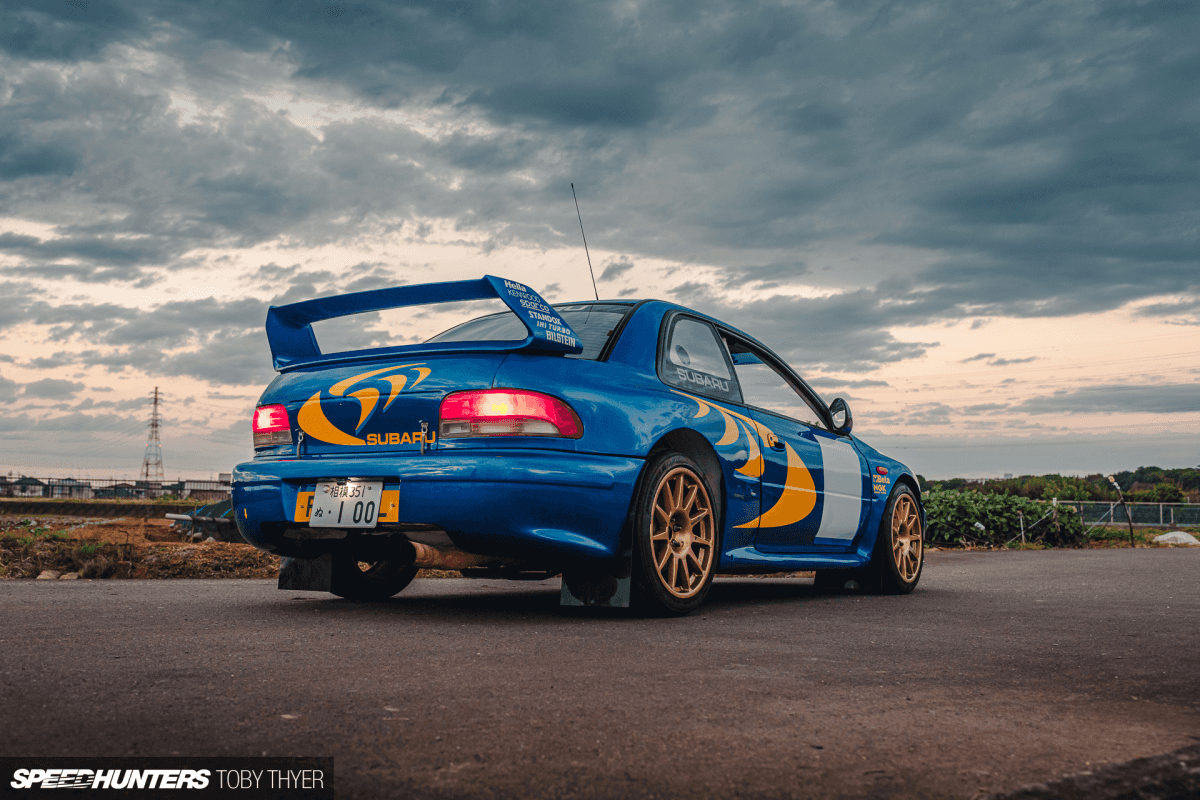
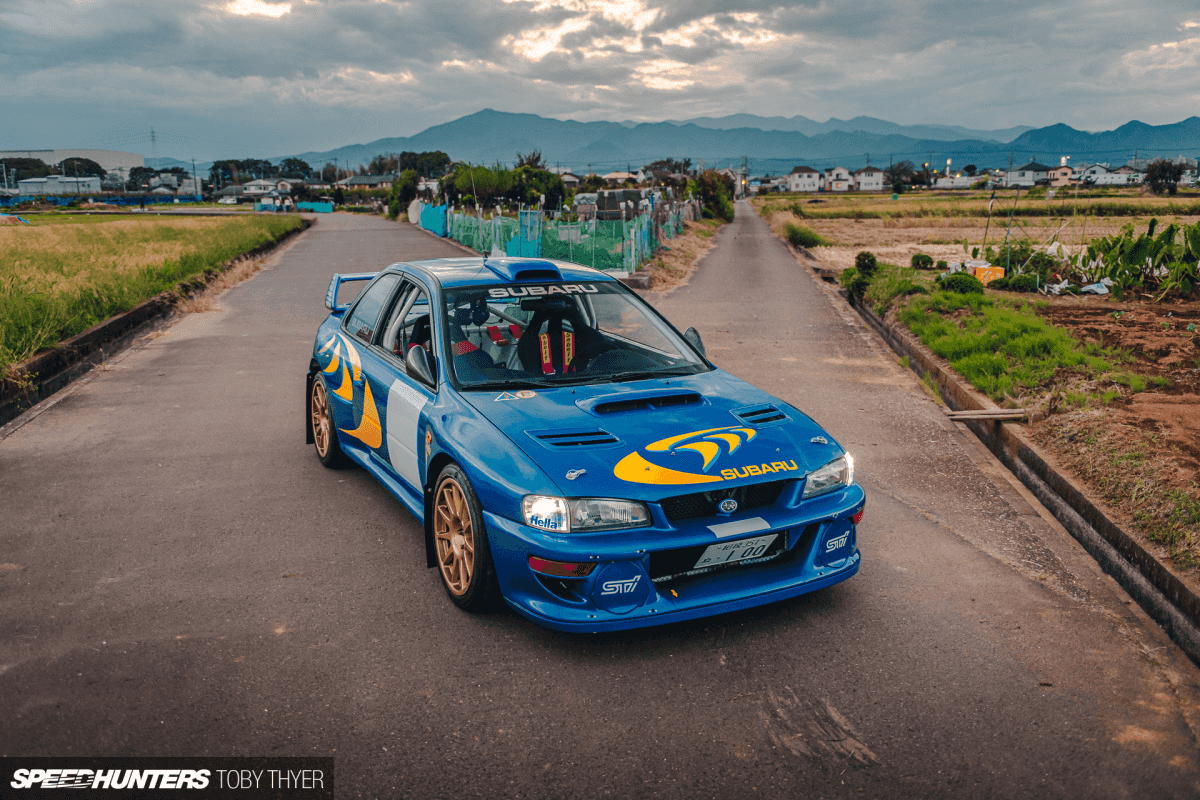
Today, the car is basically in S5 spec, which was what the first of the iconic two-door Imprezas and the first cars to take WRC manufacturer’s title in 1997 were.
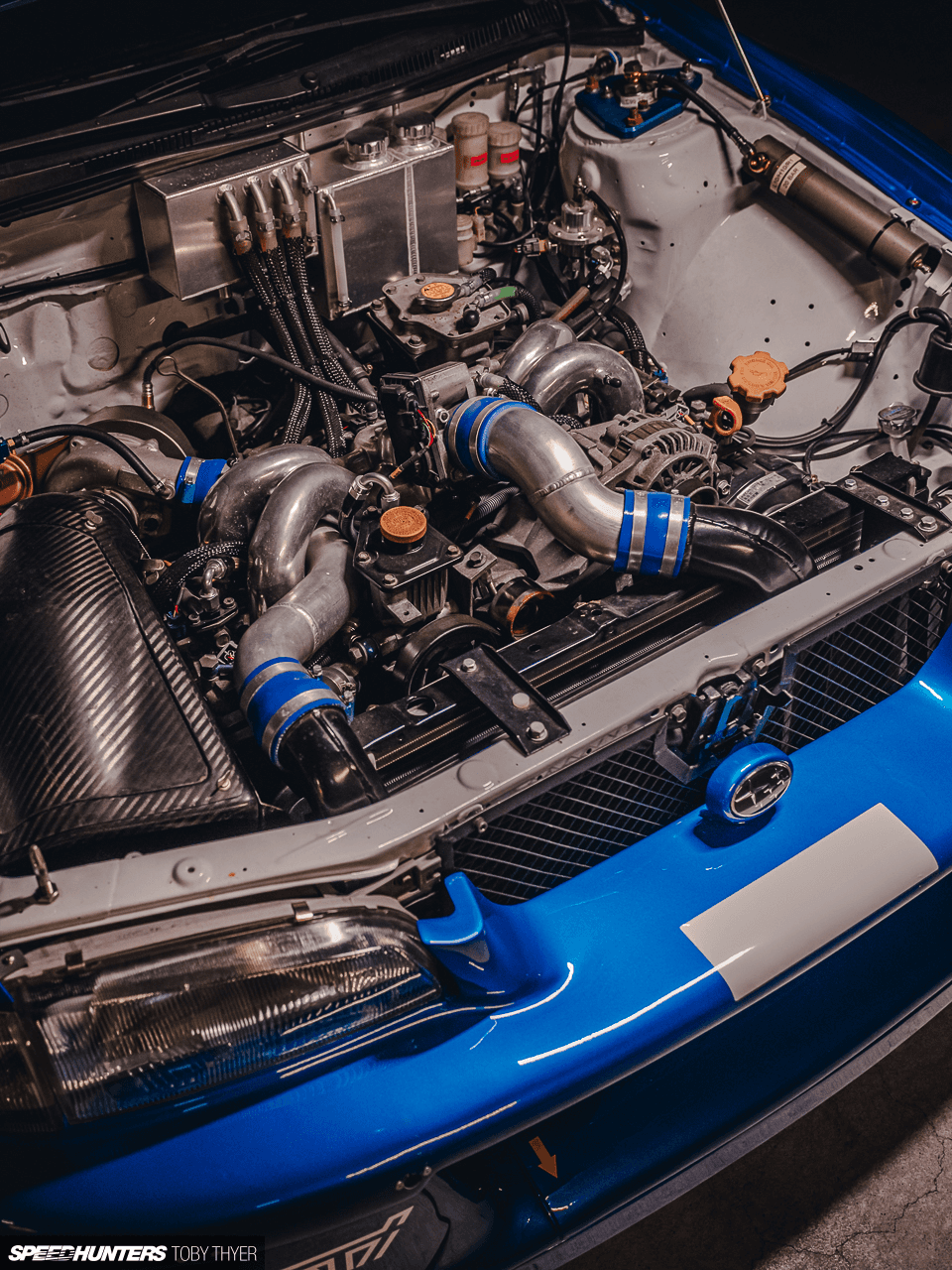

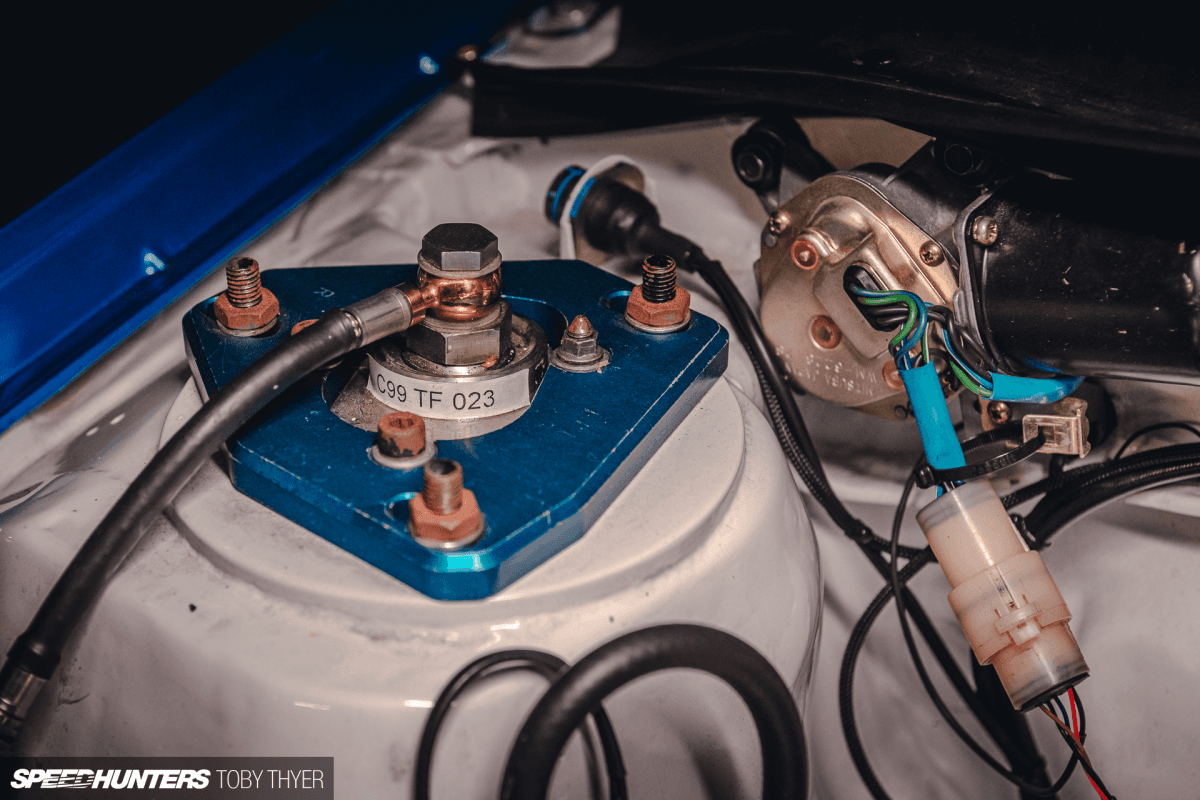
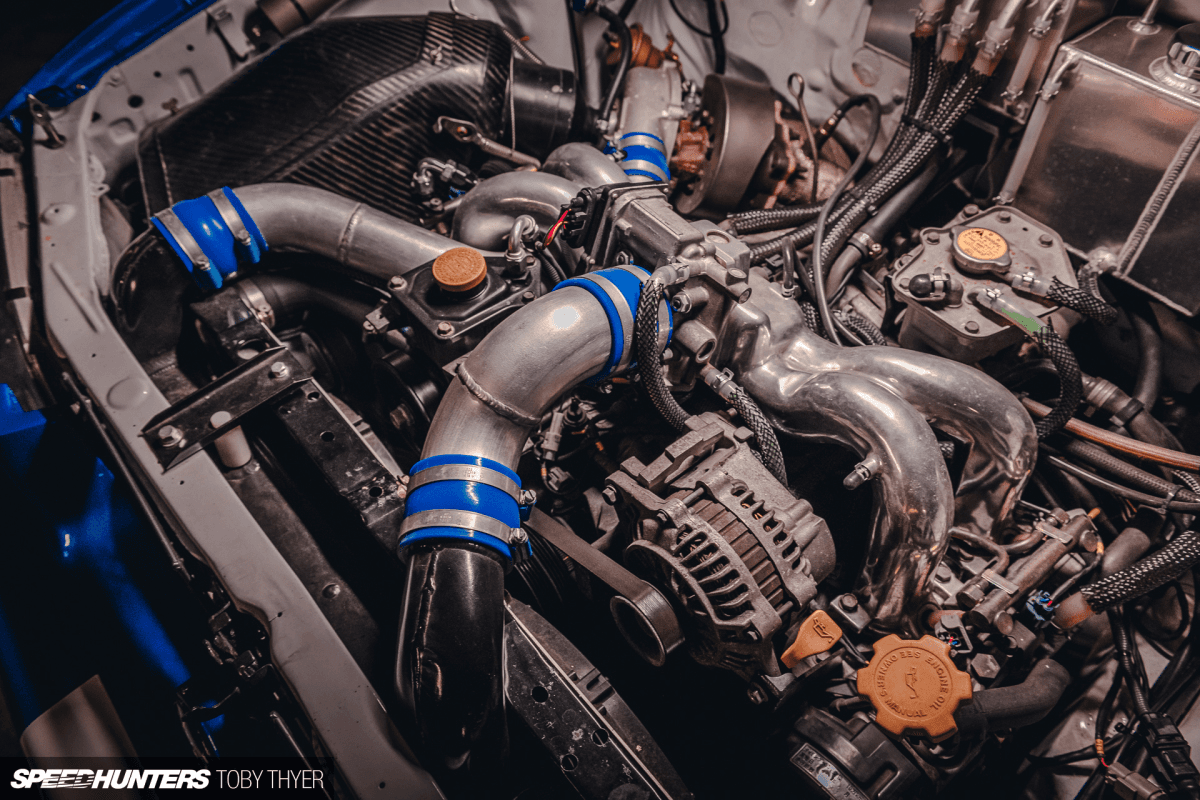

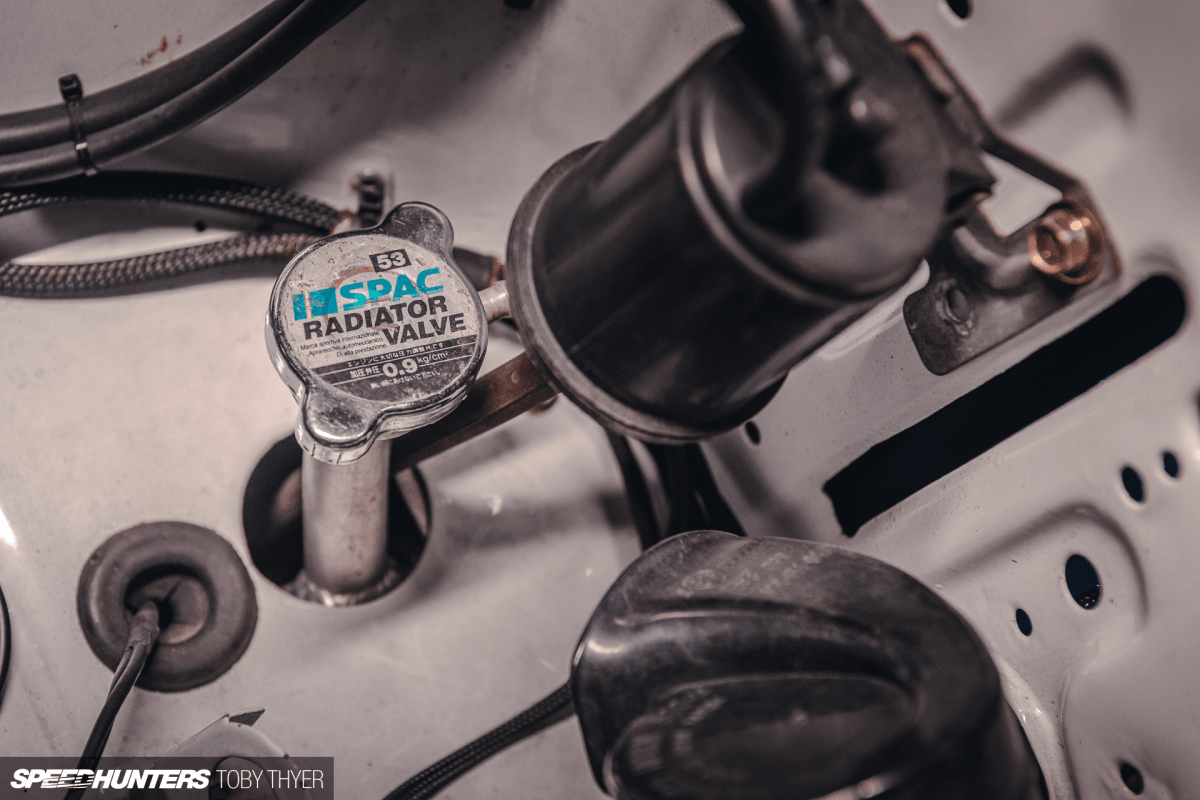
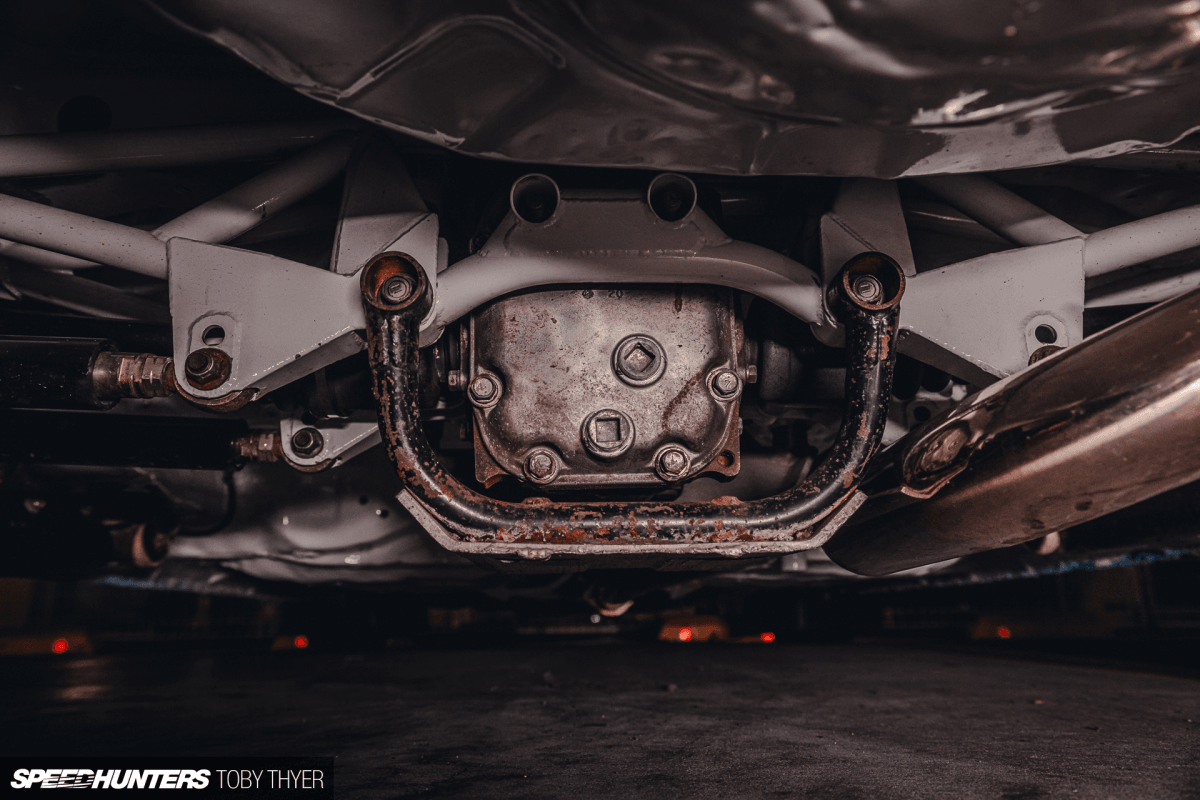
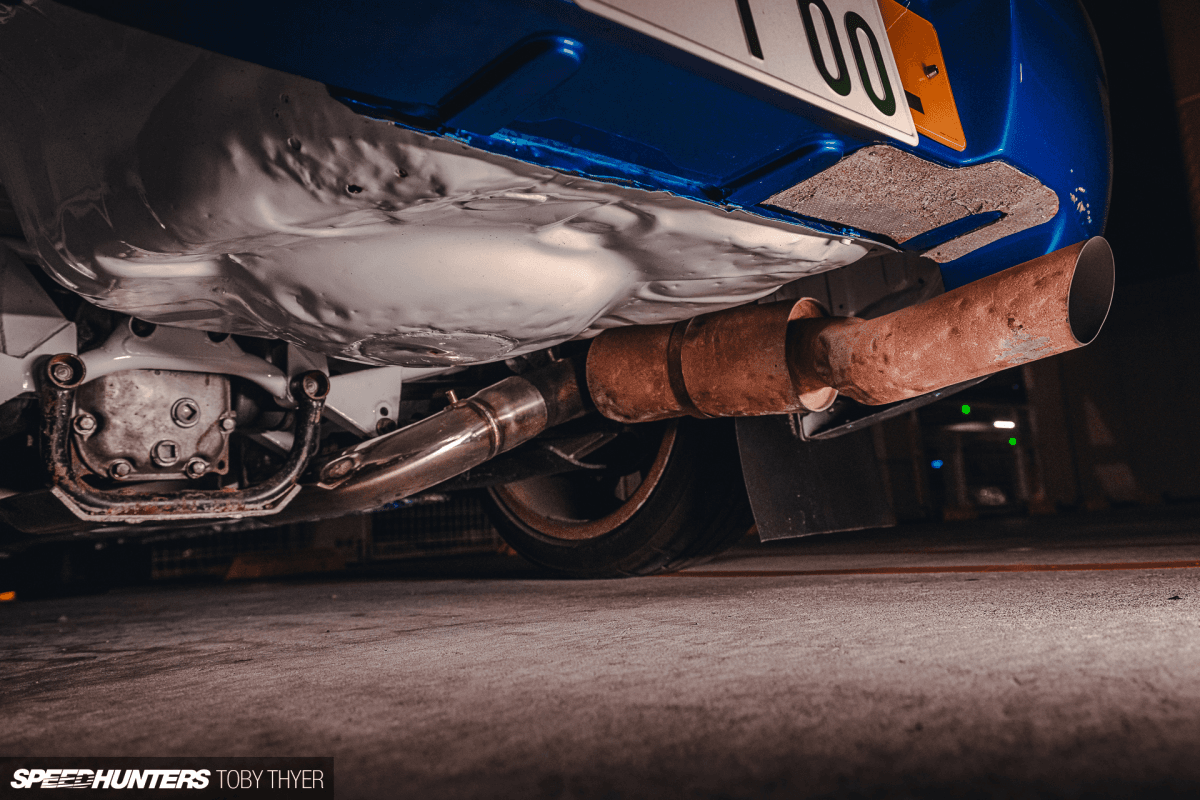
Much of the Impreza is period correct – you can still see the regulation restrictor on the turbo intake for example – but the car is not exactly competition perfect. For it to have passed the shaken inspection in 100% race form, every special part would have needed to have gone through safety testing to Japanese standards, as very little OEM Subaru parts remain.

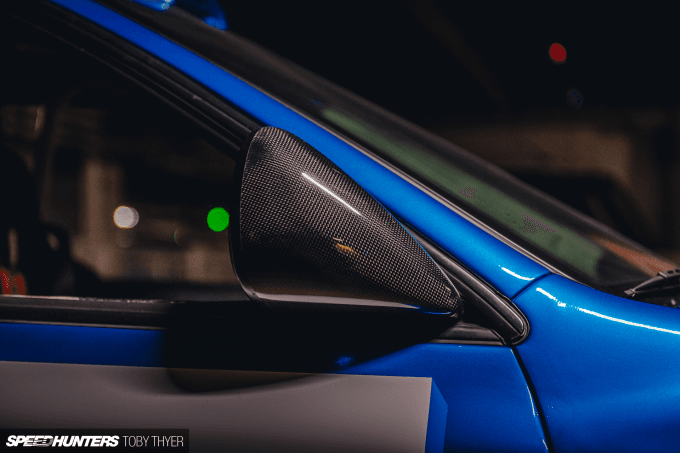

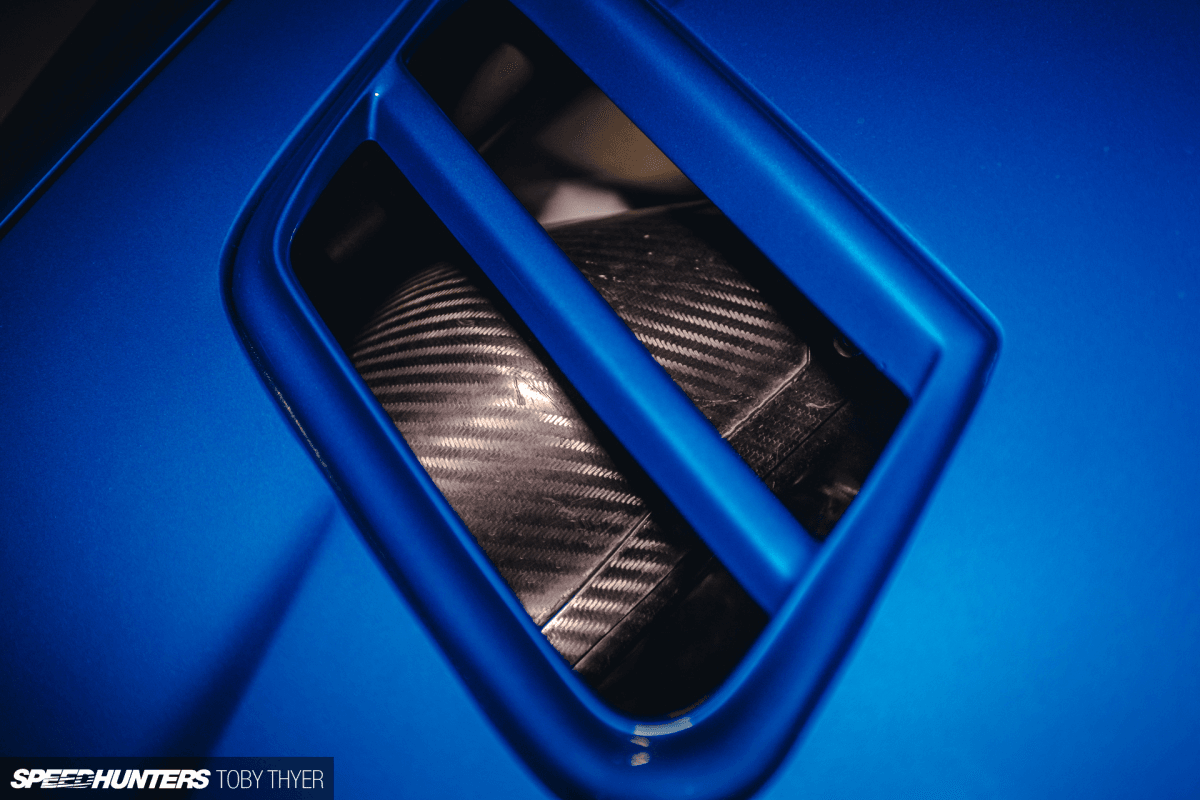
When the car arrived in Japan it was a little worse for wear, so it’s had a nut and bolt refresh and a full respray.
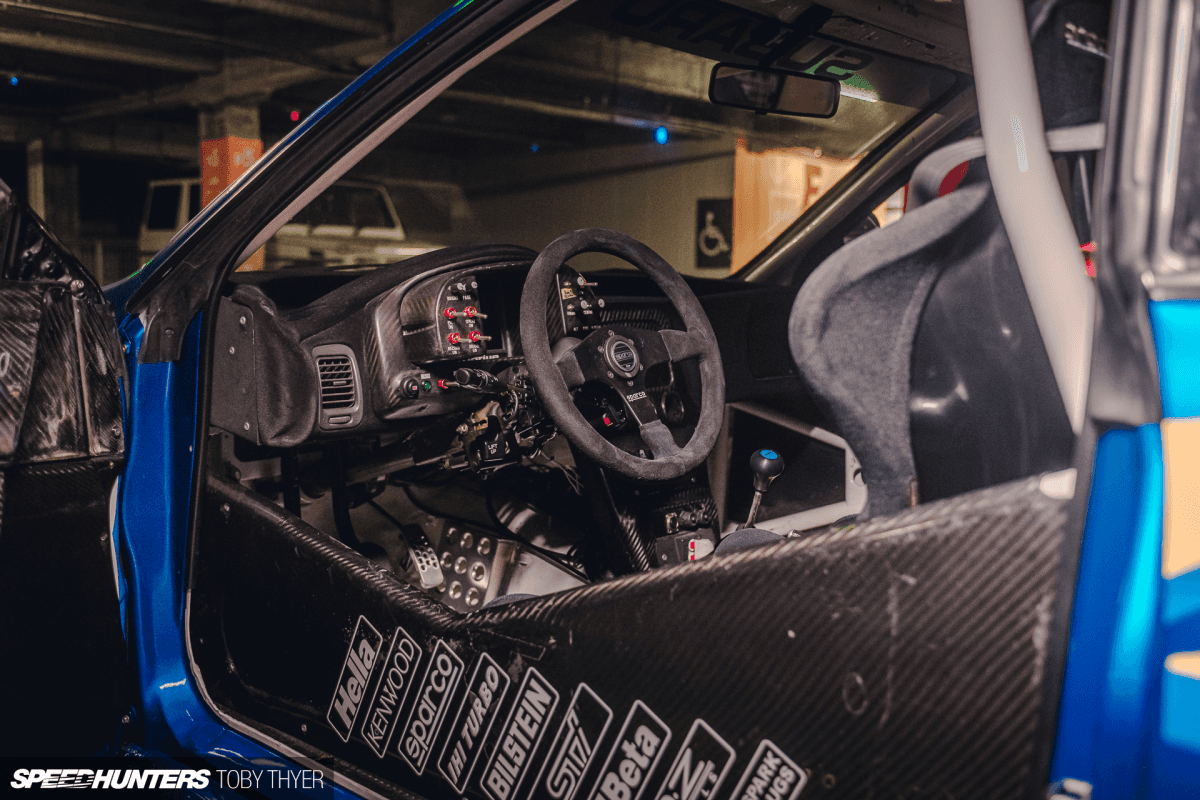
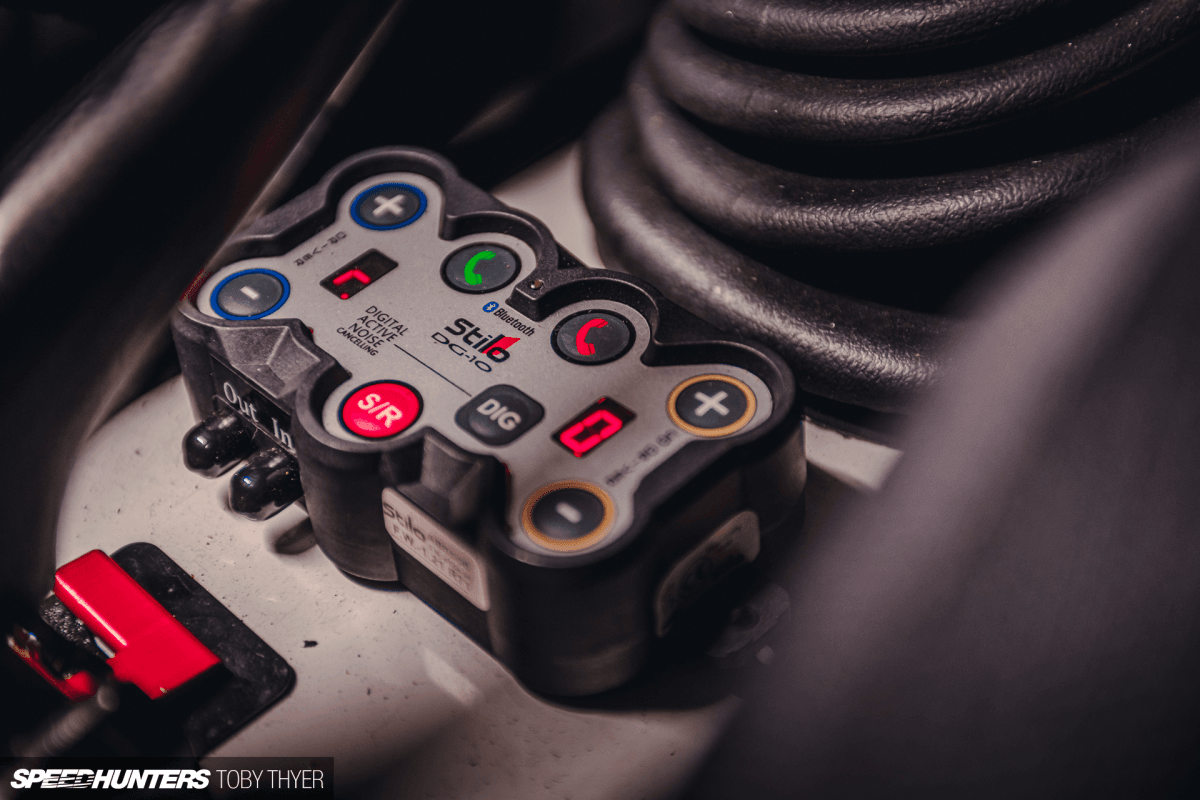
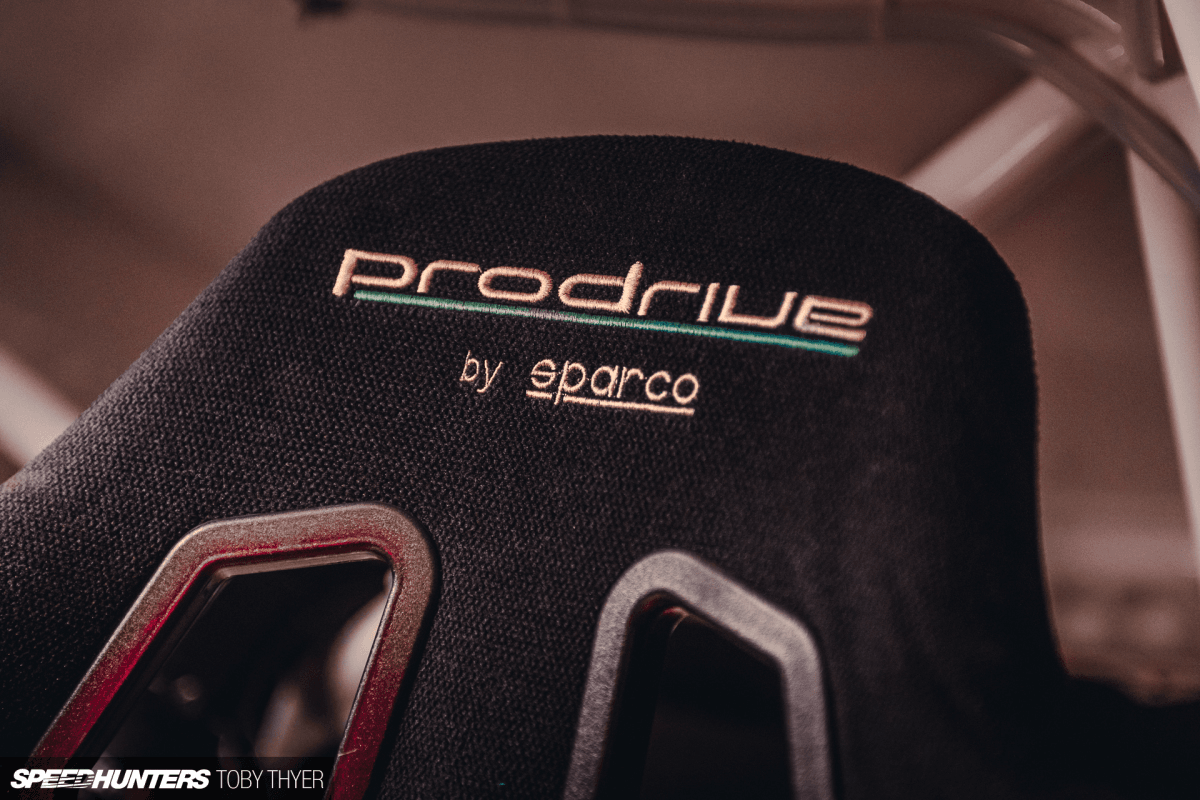
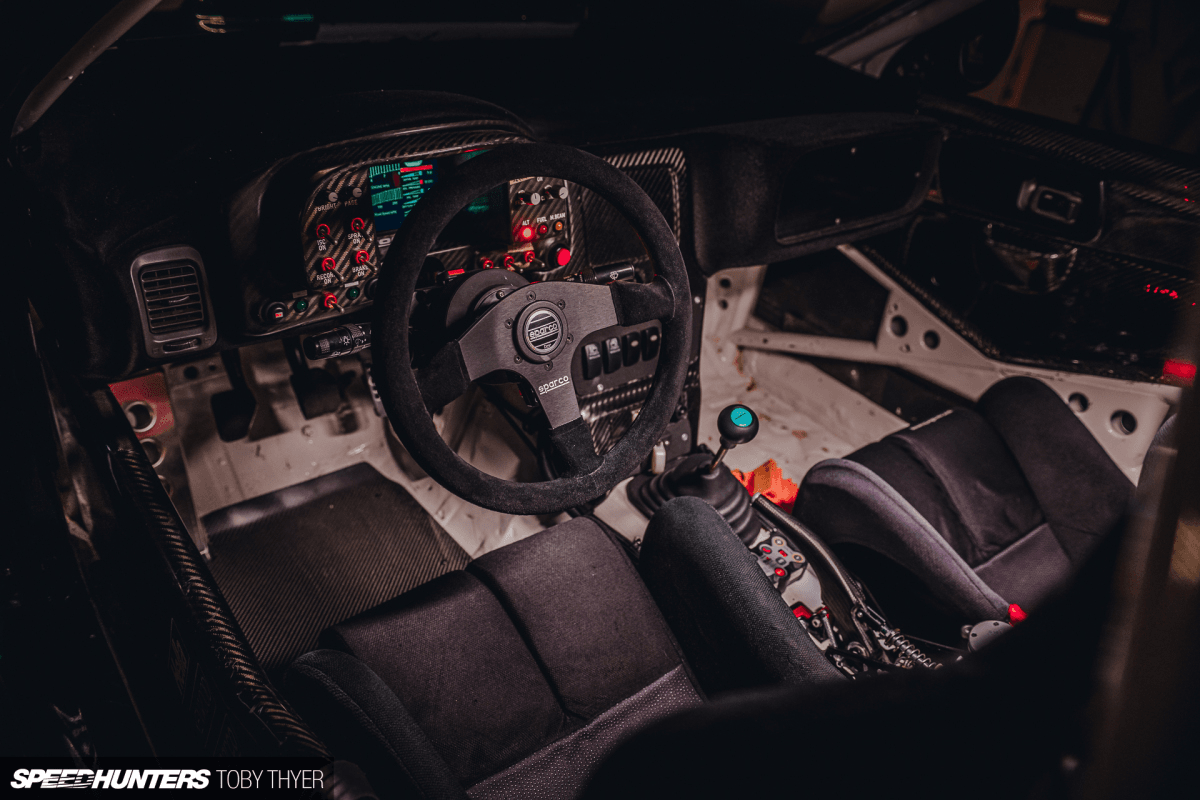
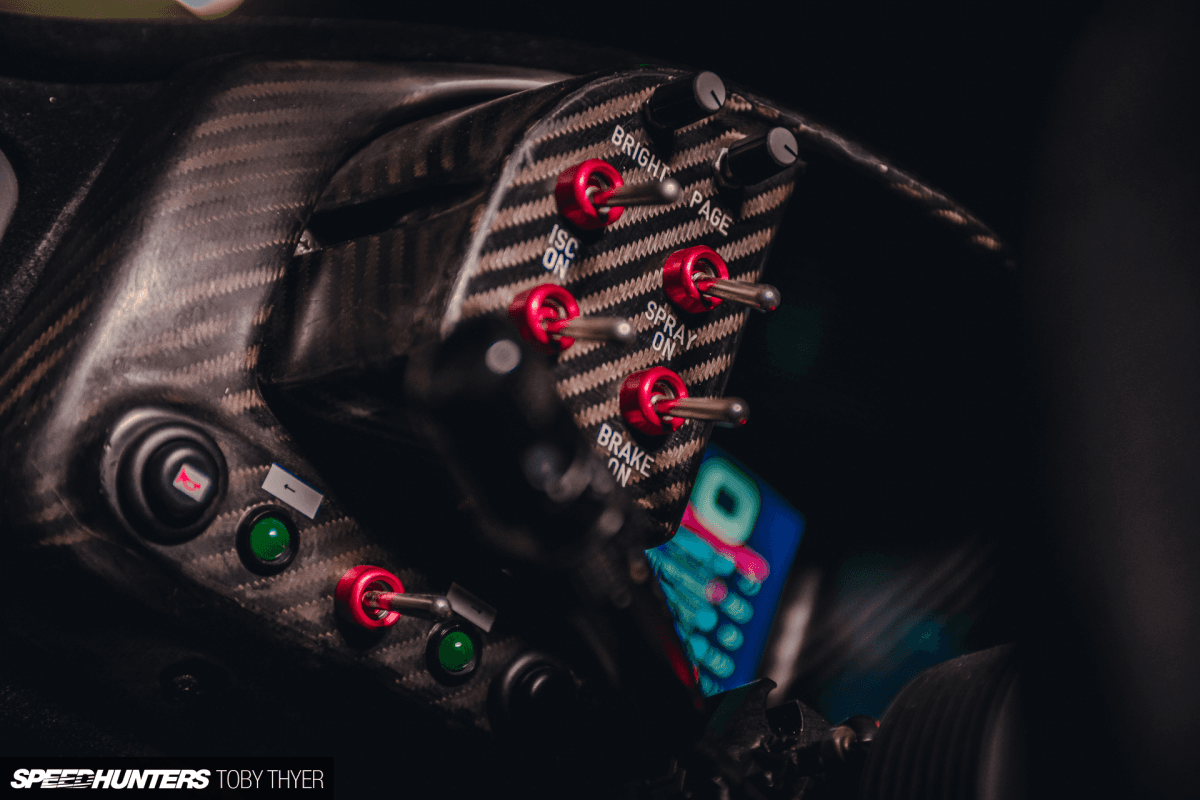

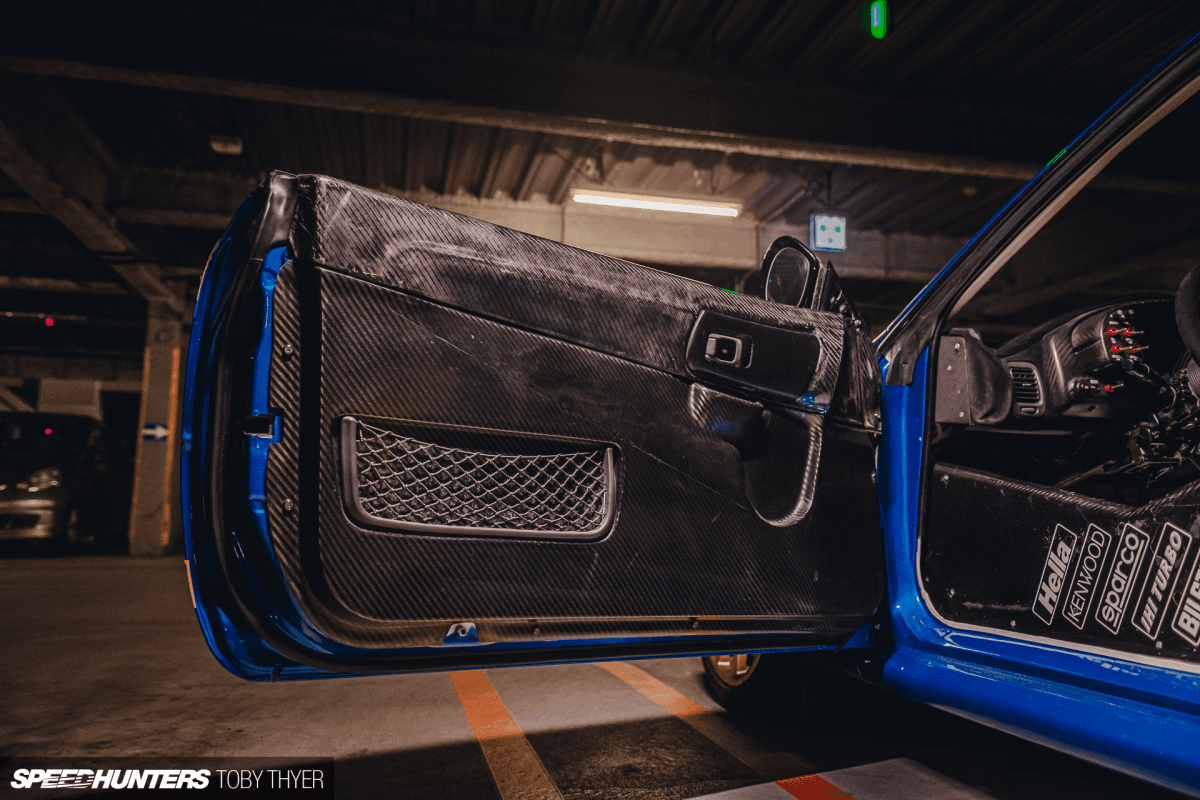
It was actually Junya-san who imported the car and sold it to Maeda-san, and while Junya’s R30WRC will always be the first, his old friend Maeda has taken things to another level. But like I said, this is not the work of some ego maniac; Maeda-san is a quiet man – who incidentally also has three 22Bs and W24SRT in his collection – who just loves rally cars.
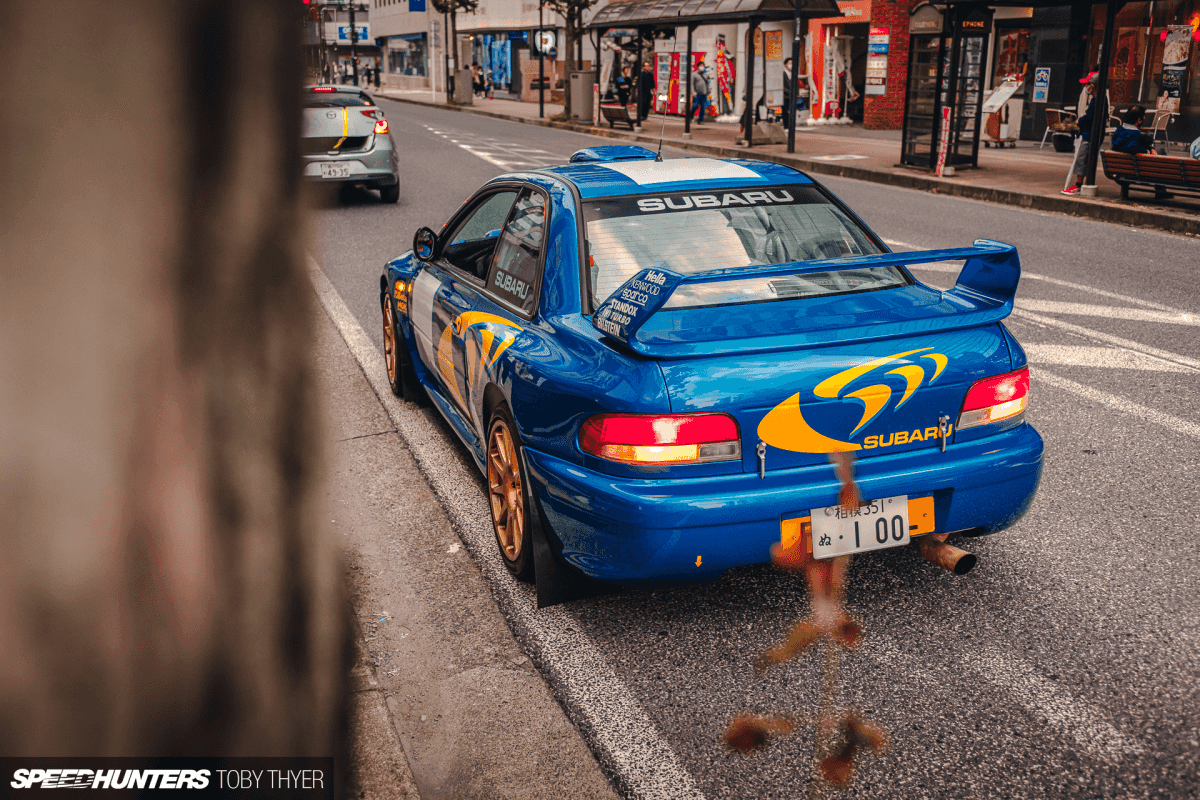
The Japanese concept of ‘I’ and ego of the self differs greatly from the west. After all, there’s no ‘I’ in Japan. Japanese ideology teaches us that in order to achieve peak hara - which at a basic translation means belly but in this context means one’s true self – one must be in harmony with their surroundings, and more specifically, nature.
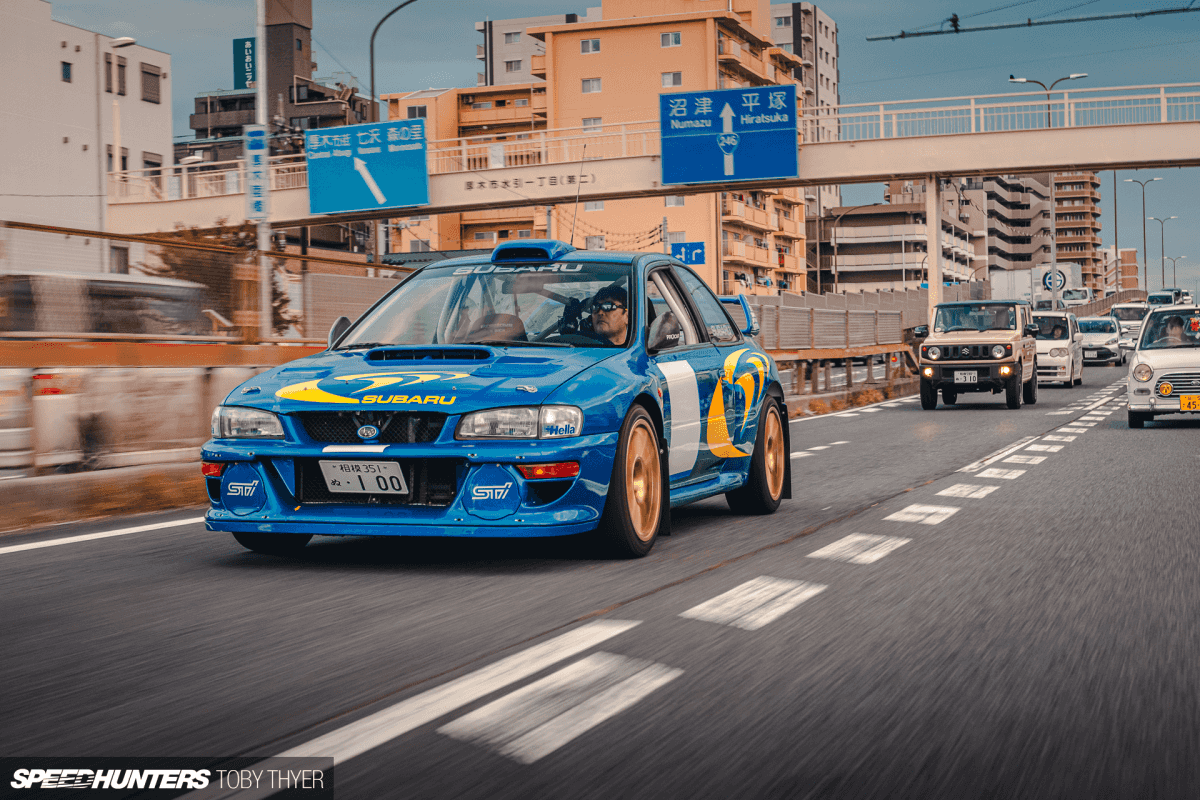
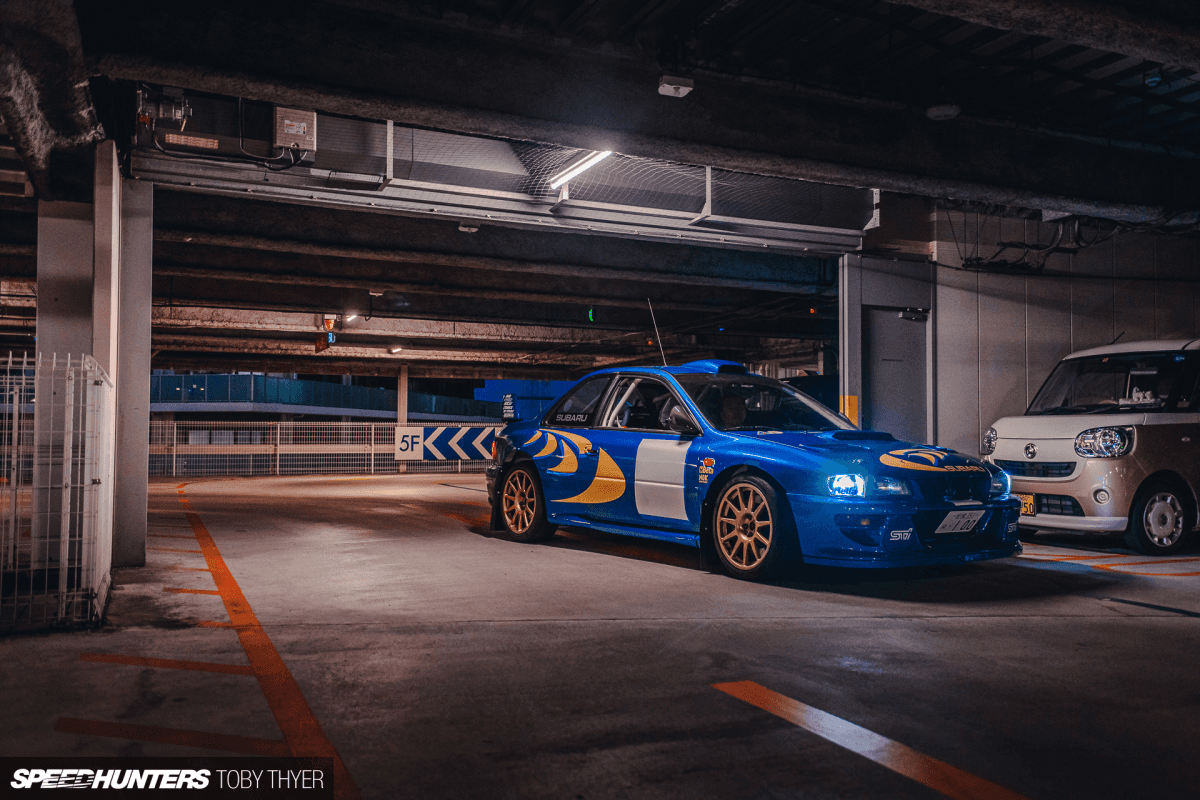
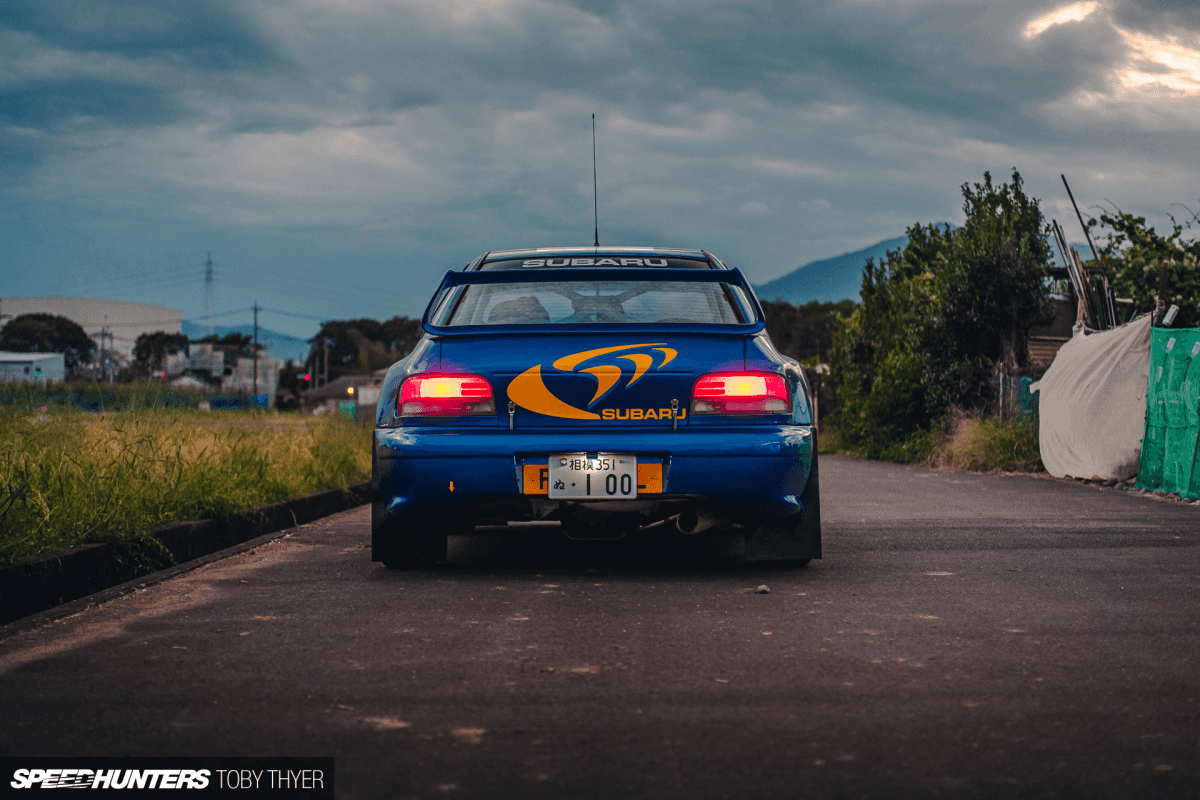
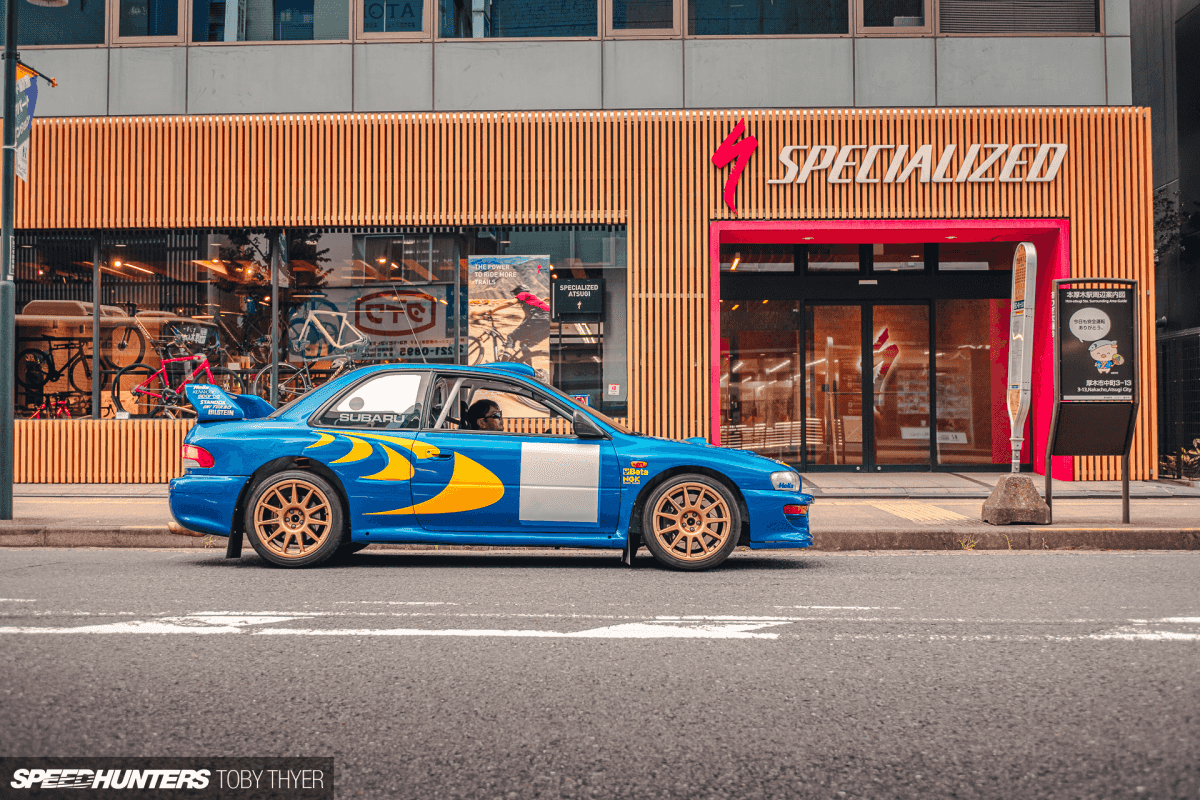
Another way of achieving the desired level of hara is to accept things the way they are, and not fight against anything that’s beyond our control. I believe Maeda-san is an expert in this respect as he overcame so many obstacles over the six years it took to get the car road legal. There’s no point getting angry, frustrated or sad if your rally car is ripped apart; you just rebuild and move on. The Japanese are well rehearsed in this aspect of life. We’ve all seen the destruction caused by earthquakes and tsunamis.

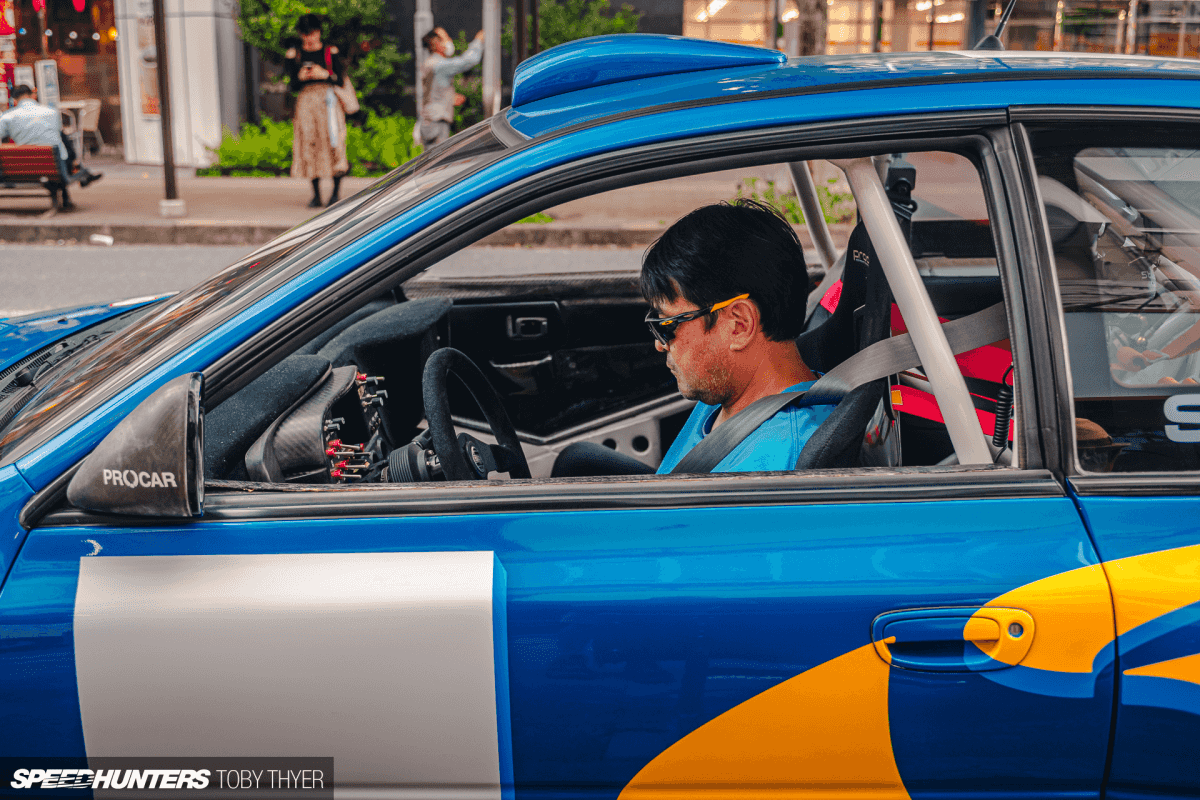
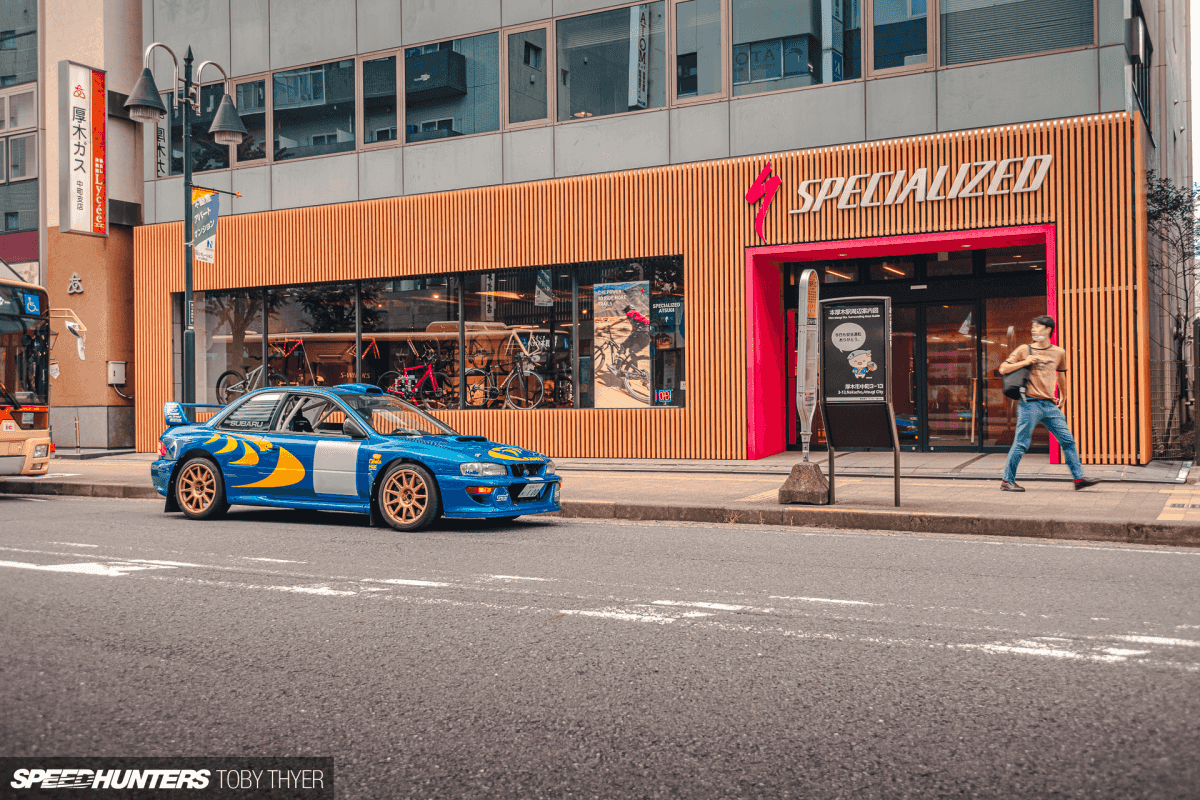
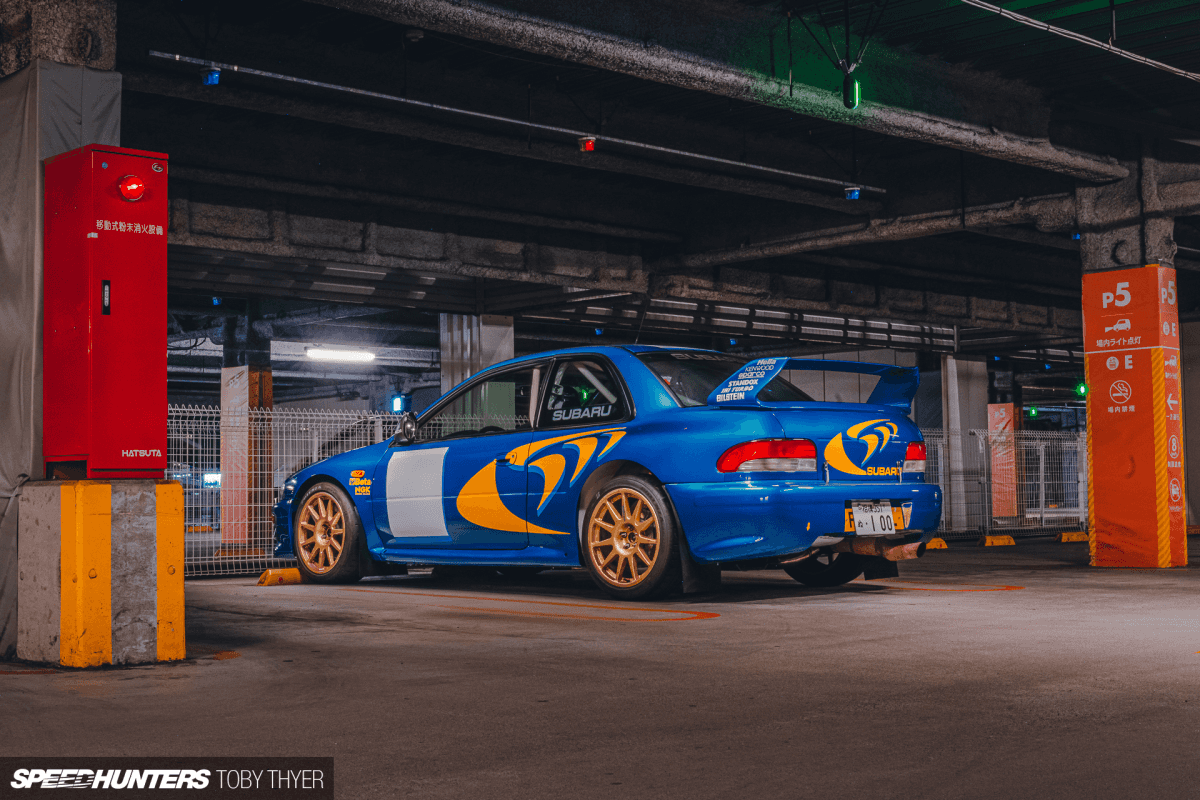
I remember Junya-san telling me how difficult it was getting his rolling body road legal in Japan and – as already mentioned – that was basically a stock GDB STI underneath a Prodrive shell. Maeda-san has essentially managed to get as close as you’ll get to a competition car registered for shopping duties.

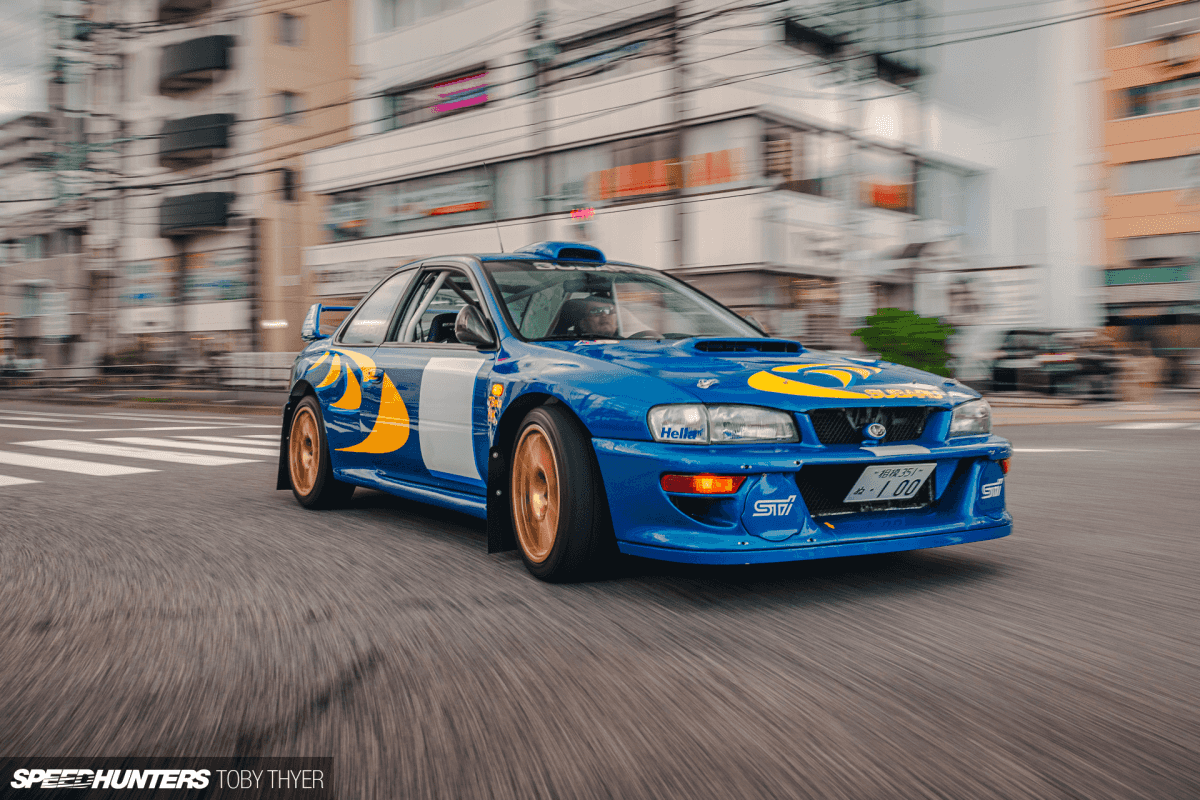
What’s it like on the road? Well, apart from the noise both inside and outside the cabin, the lack of any boot space, or the smiles per gallon paid at the gas station, it’s perfectly civilised.
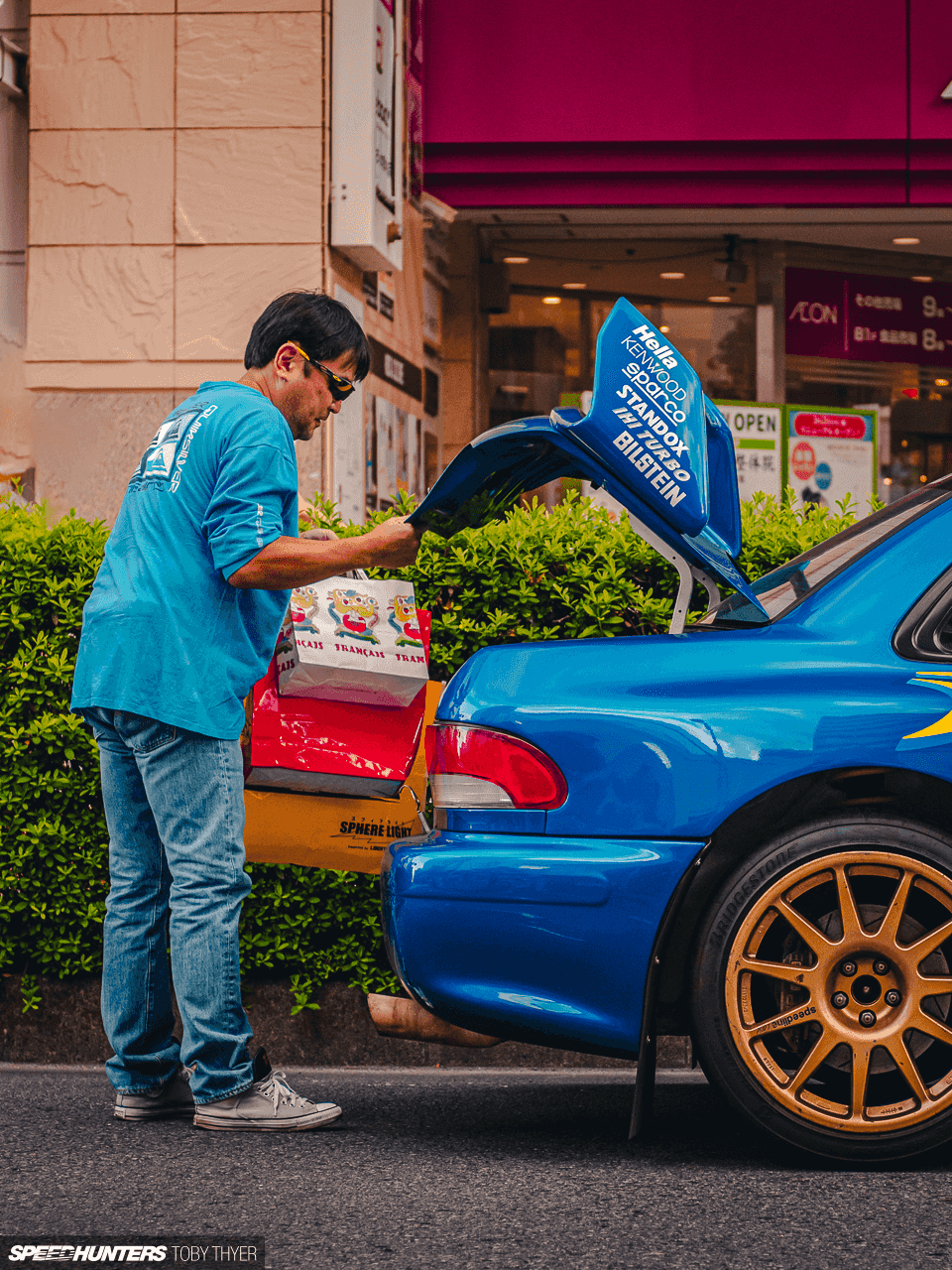
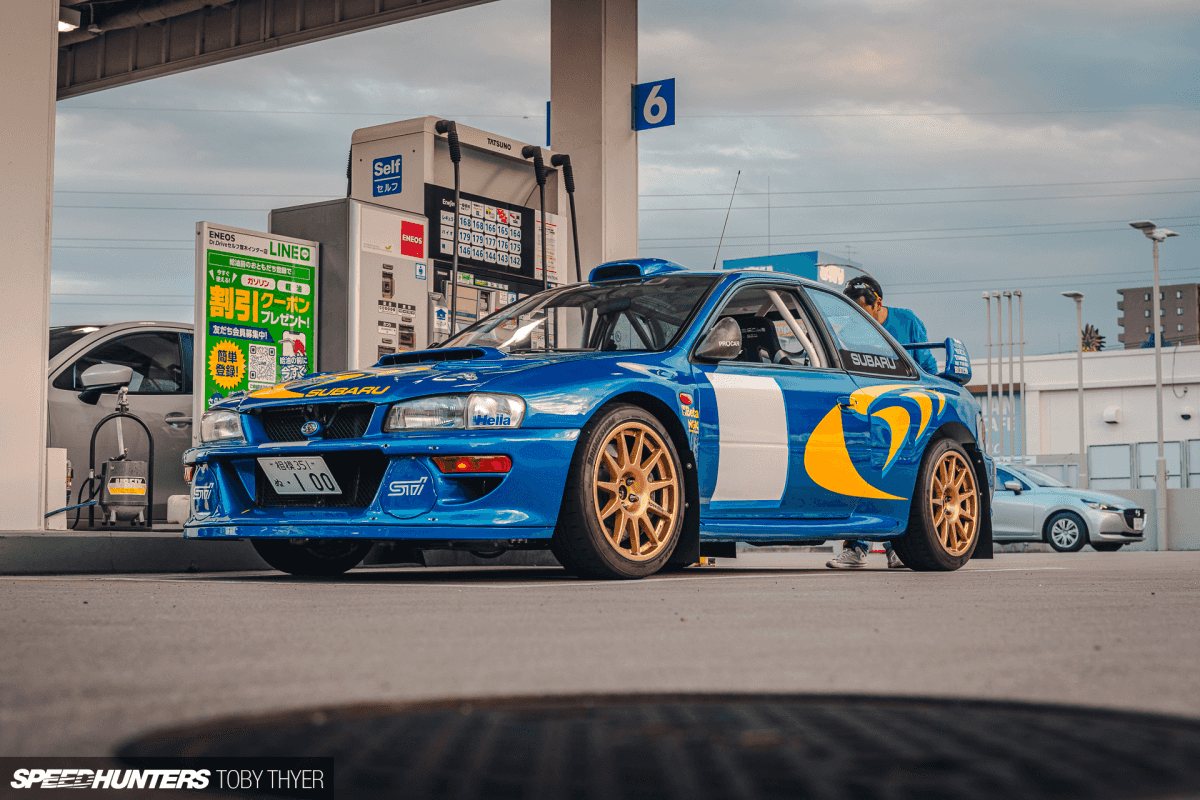

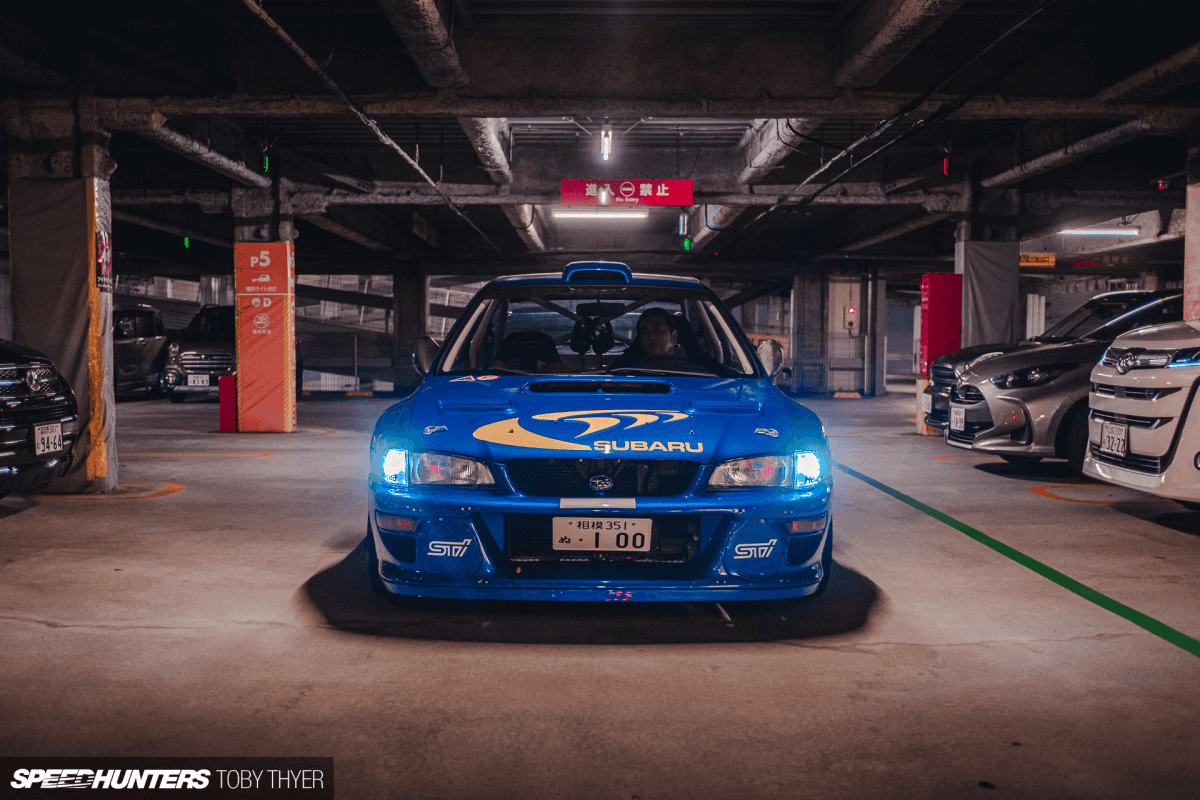
Despite that, it’s not causing a nuisance, not breaking any laws and not being overly obnoxious. It’s just existing and being genuine. And if you need to stand out from the crowd and get noticed in Japan, being genuine and true of heart is the only way you’ll get away with it. Which is lucky, because Subarus are full of heart.
Toby Thyer
Instagram tobinsta
tobythyer.co.uk

